Basic Understanding of Japanese Language
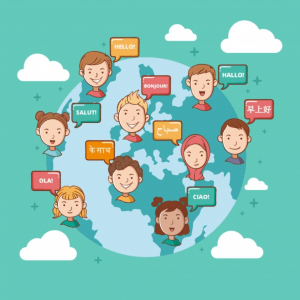
The Japanese language has been known as one of the most spoken languages in the world. Approximately 130 million people have spoken fluent Japanese (mostly 99.9% of the speakers are Japanese people). It has grown in popularity thanks to pop culture and cuisine. However, some people haven't realized that the Japanese language is also one of the hardest languages to learn. Been there, done that...( ̄ω ̄;)
I taught myself Japanese when I was a junior in high school (16 years old), and it was extremely difficult. However, after perseverance and passion combined together, I thought I learned a good amount of Japanese (close to a middle schooler but better than nothing ( ̄︶ ̄;)) So, I would like to teach the basic understandings of the Japanese language. Japanese language consists of hiragana, katanana and kanji.
Hiragana

Hiragana to the Japanese language is almost like the alphabet to the English language. Many beginners need to know the fundamentals of Japanese before trying to do anything else. That's the problem! Many beginners expect to be fluent in Japanese without even learning Hiragana. It's like want to swim in a 10ft swimming pool but don't know how to float...( ་ ⍸ ་ )
Hiragana is the first building blocks to learning Japanese. Japanese toddlers started learning how to write and pronounce hiragana. Hiragana characters like わ (wa)、た (ta)、ら (ra)、and を (wo) are the notable hiragana characters in my perspective. The reason is that they can both build confidence in learning the entire Japanese alphabet and can make other characters easier to understand.
Katakana
Katakana works the same as hiragana since it's the same exact words and sounds, however, katakana is used for mostly foreign things (such as foreign names, countries, foods, etc.)
Katakana can get tricky because it's associated with hiragana that matches, and (in my opinion) means learning both hiragana and katakana at the same time...꒰๑•̥﹏•̥๑꒱
That in itself is daunting enough...
Kanji
Here's the reason why many foreigners' brains go overload almost immediately: kanji. Kanji is...(●///▽///●) how should I say... are equivalent to balloon animals. The reason is that kanji can change in many different ways.
Example: わたし==>私
こいぬ==>子犬
It can only be combined with hiragana and not with katakana. Kanji and katana are like two magnets that repel each other.
Hope you can start on your Japanese!♡✧( ु•⌄• )
If you want to read more of my articles, I suggest you to check out my article about Haruki Murakami.
明日のことを言うと天井のネズミが笑う
Japanese saying: If you speak of tomorrow, the rats in the ceiling will laugh
English meaning: Life and the future is always unpredictable. Everything crazy and unexpected happens.
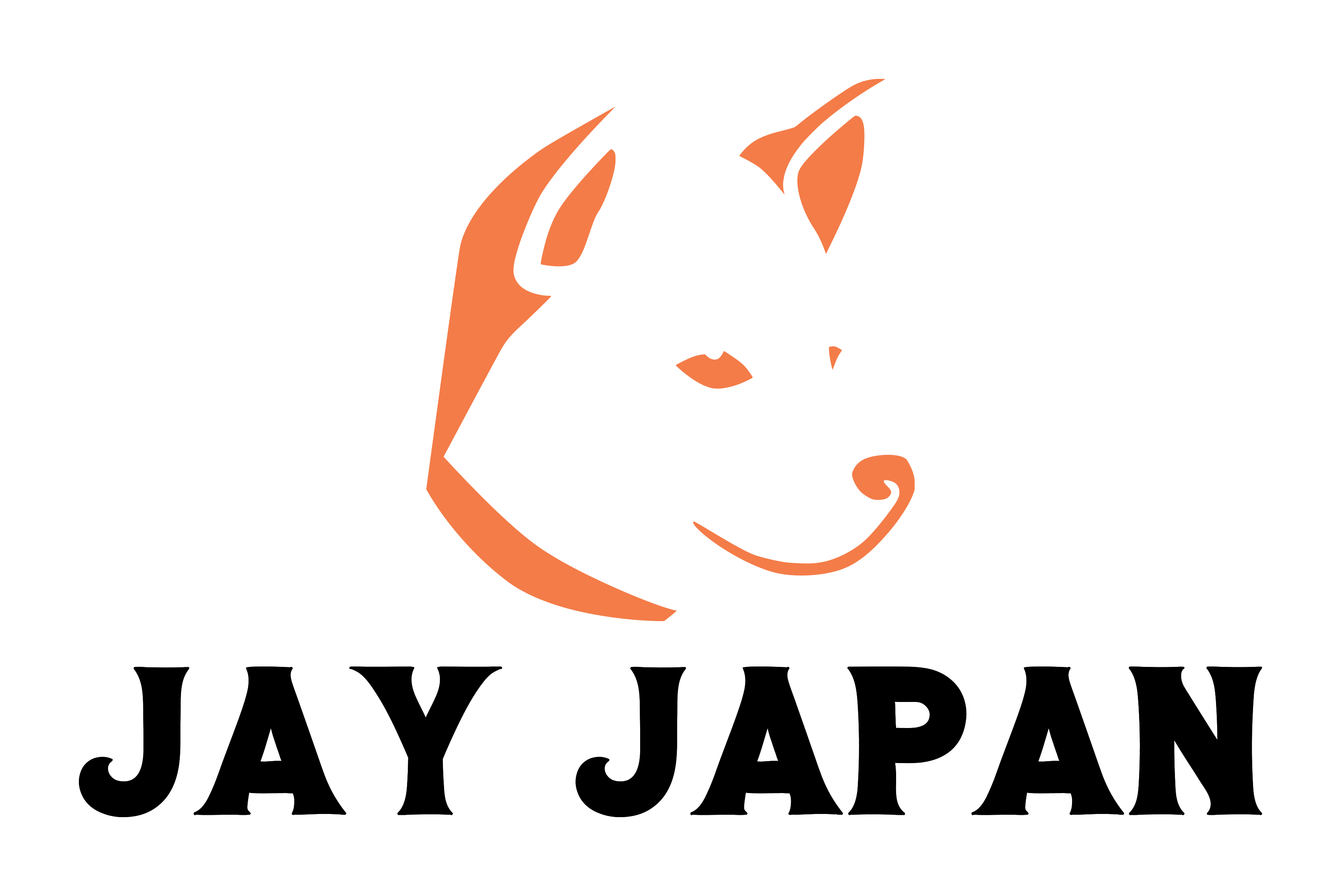
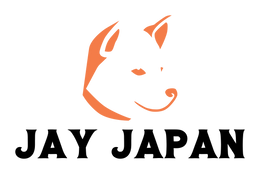
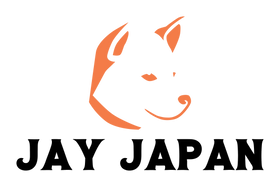
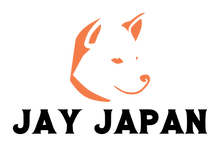
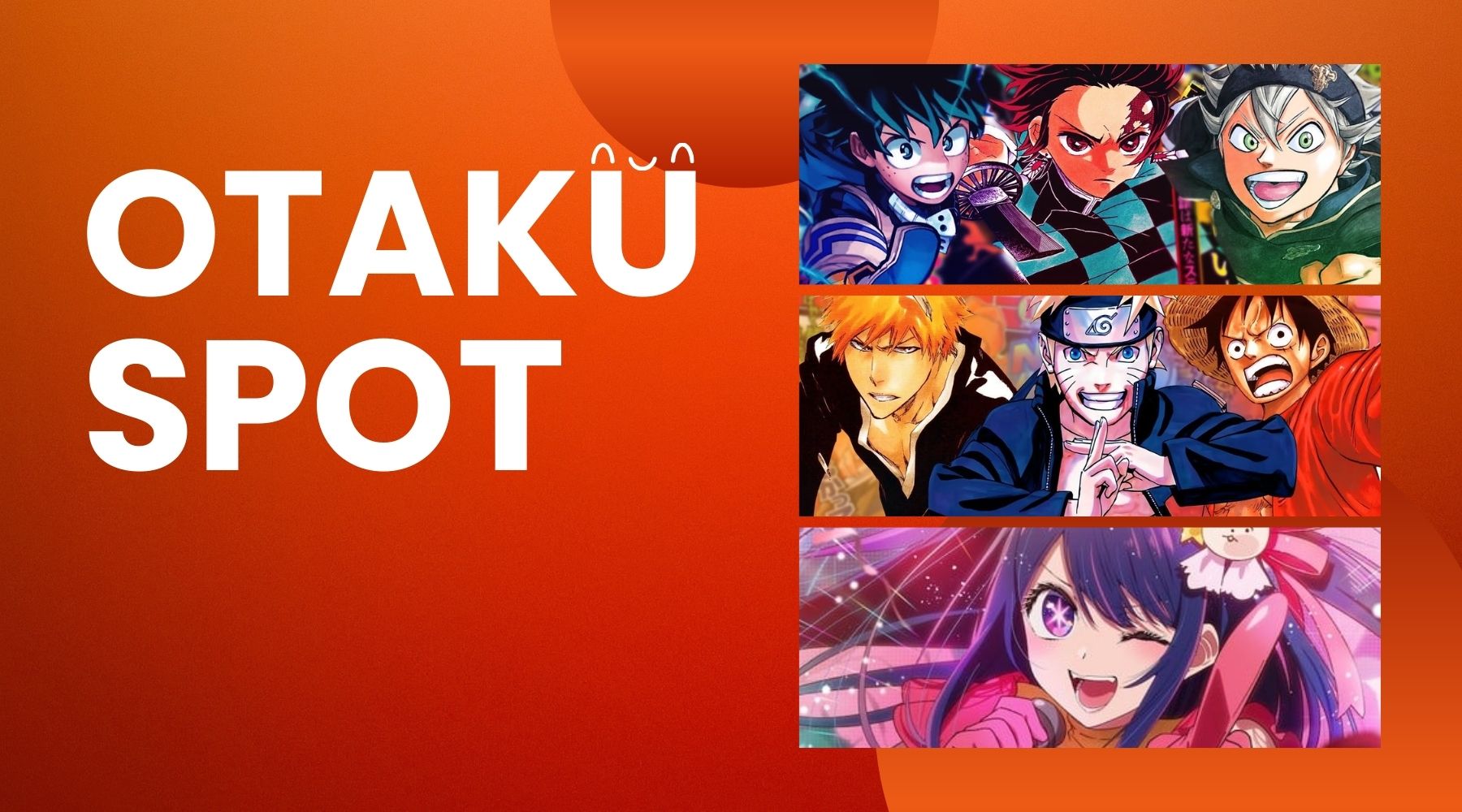
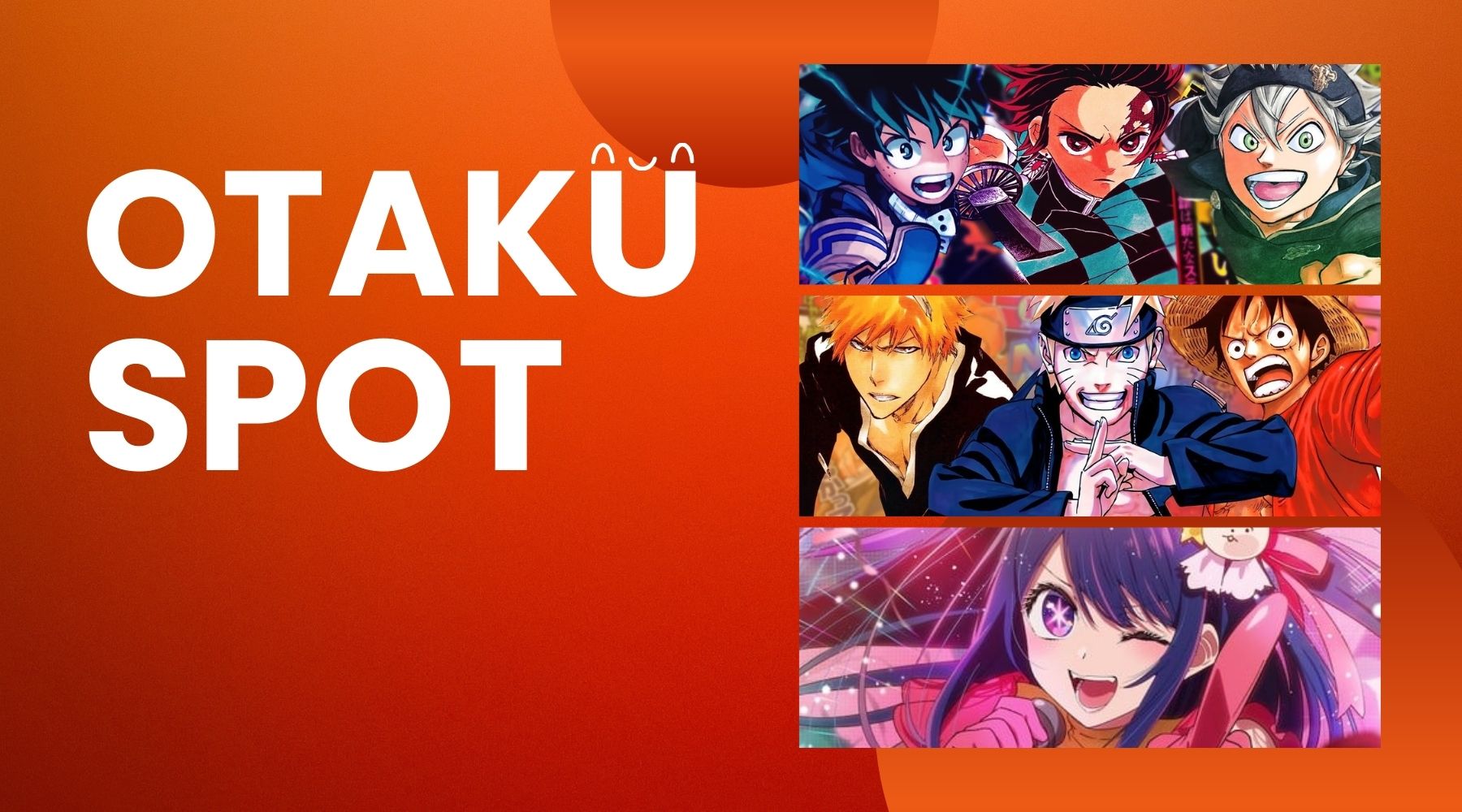
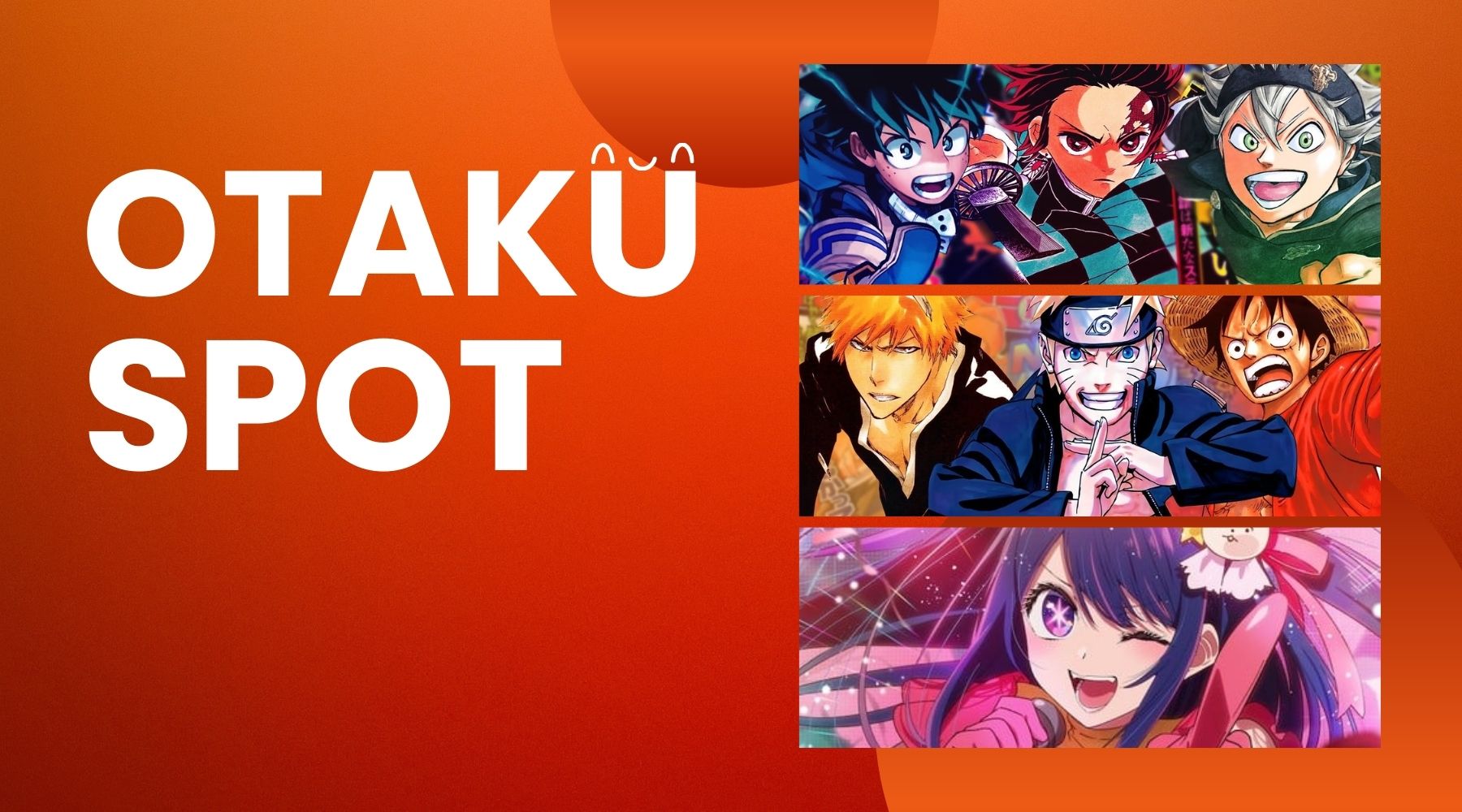
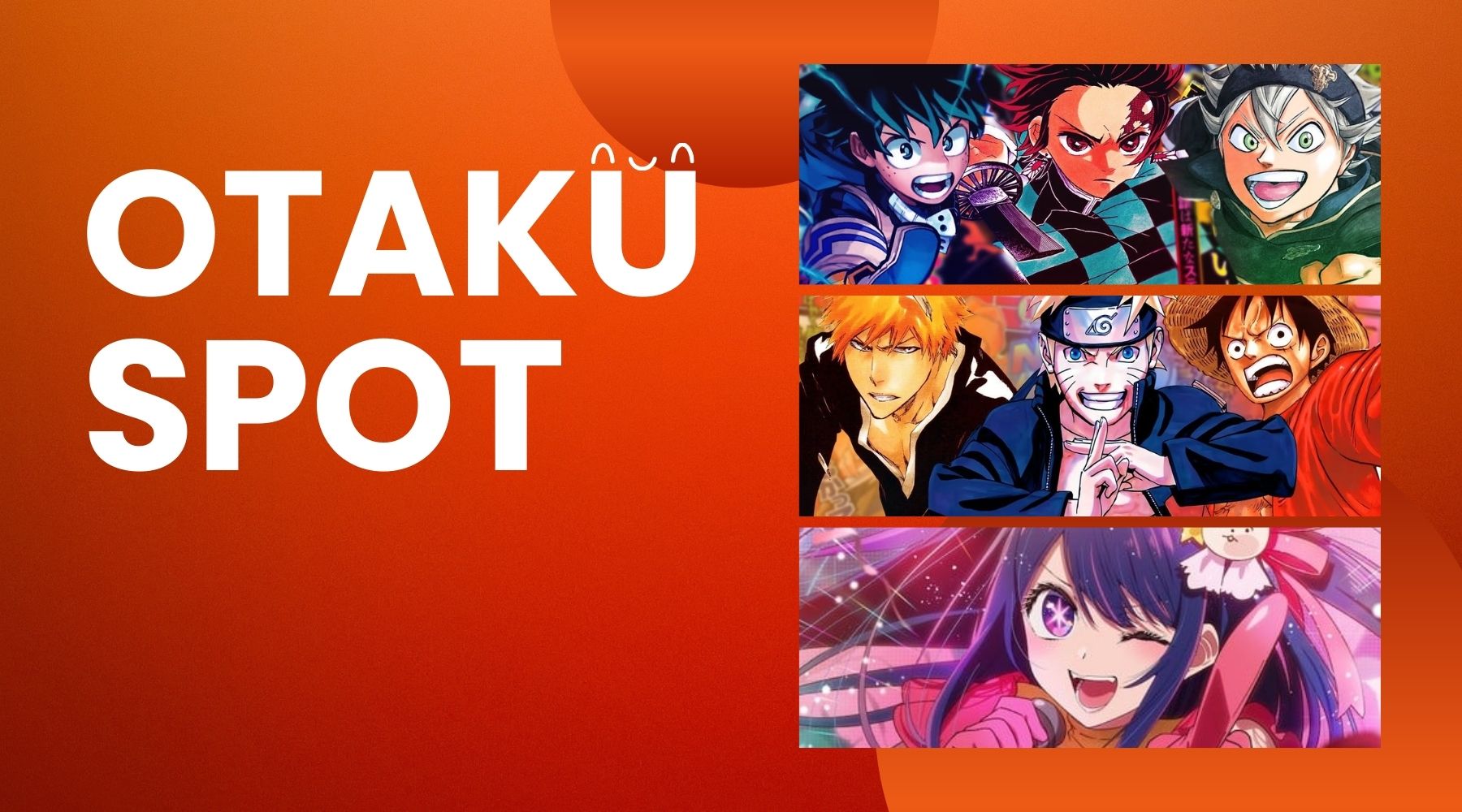
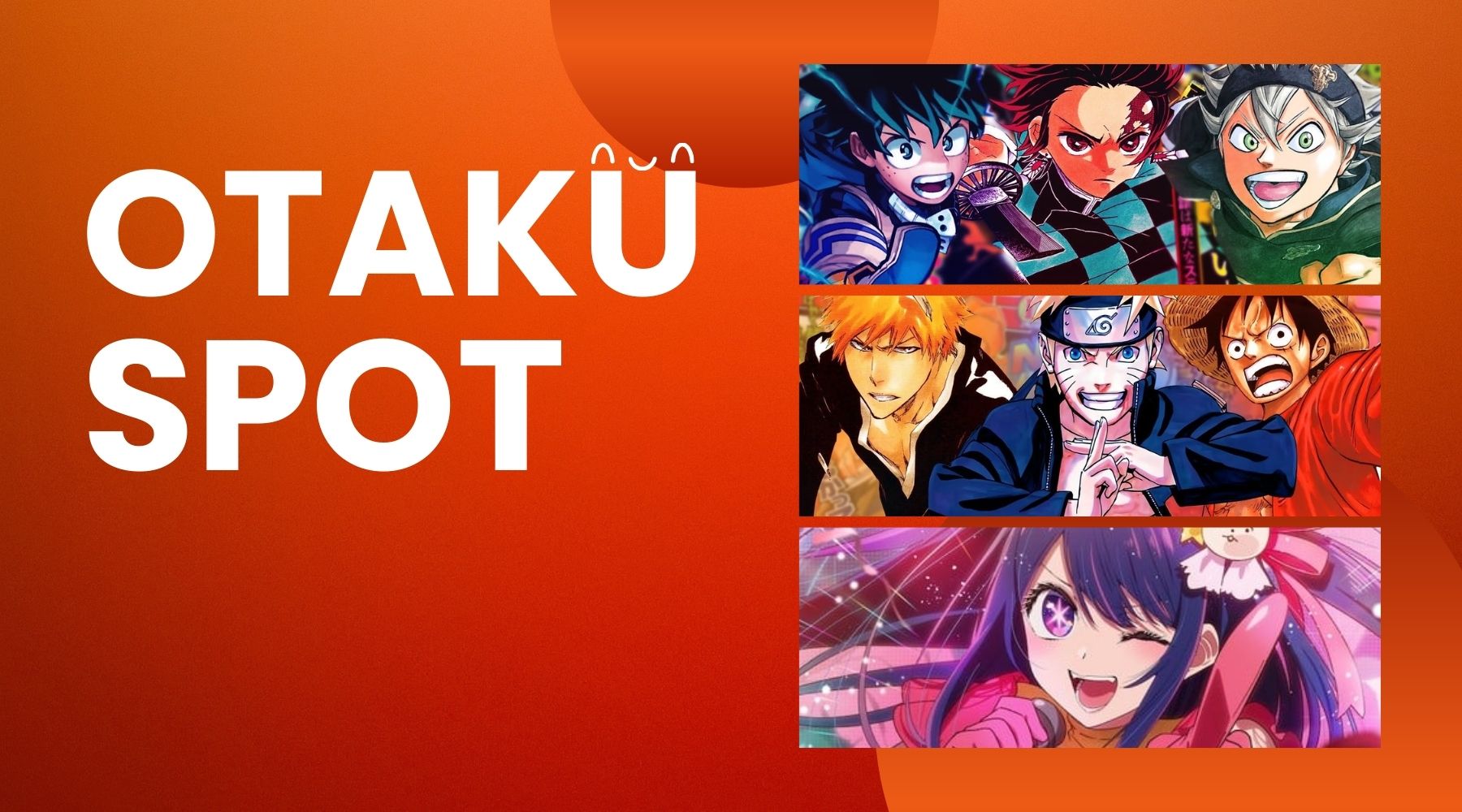
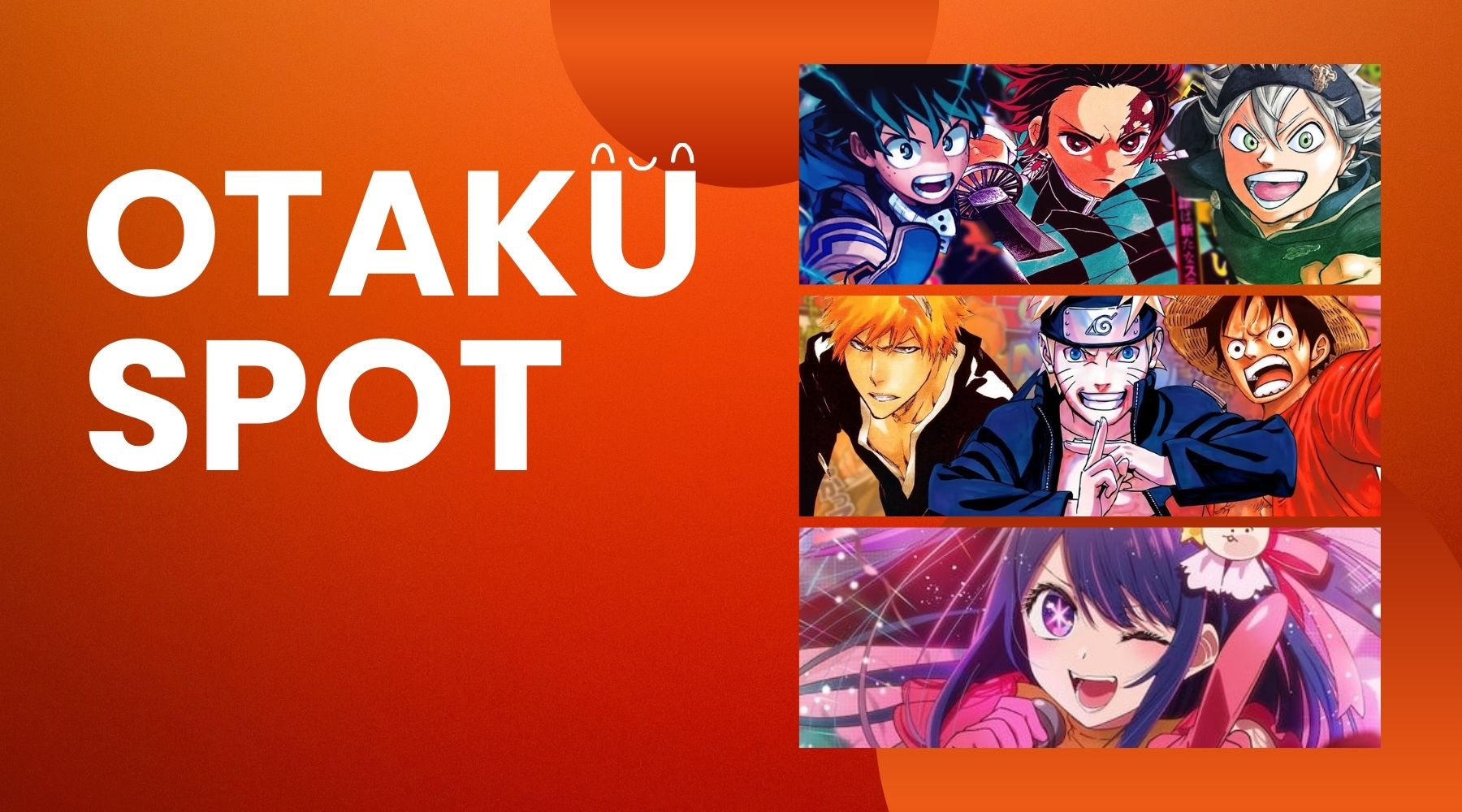


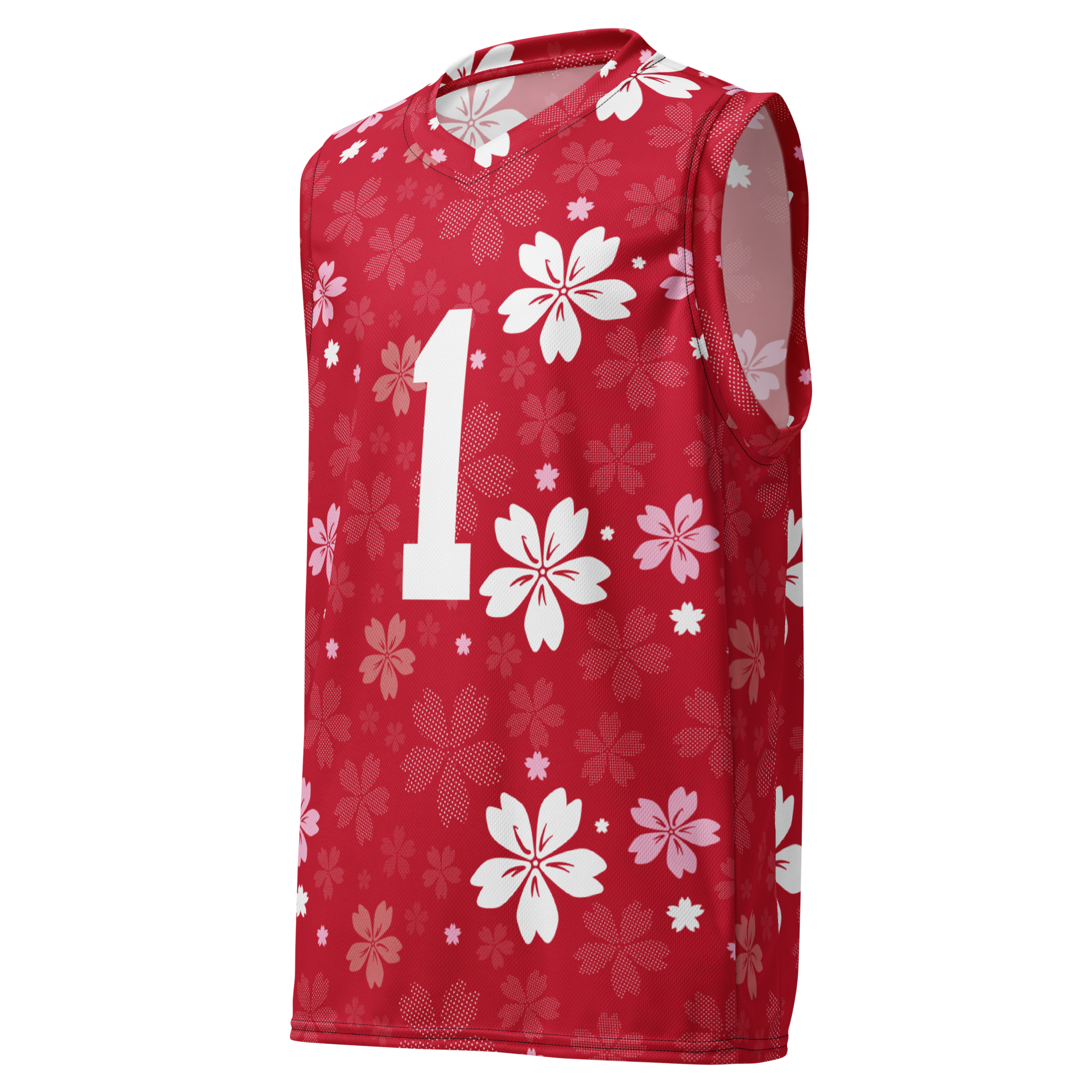
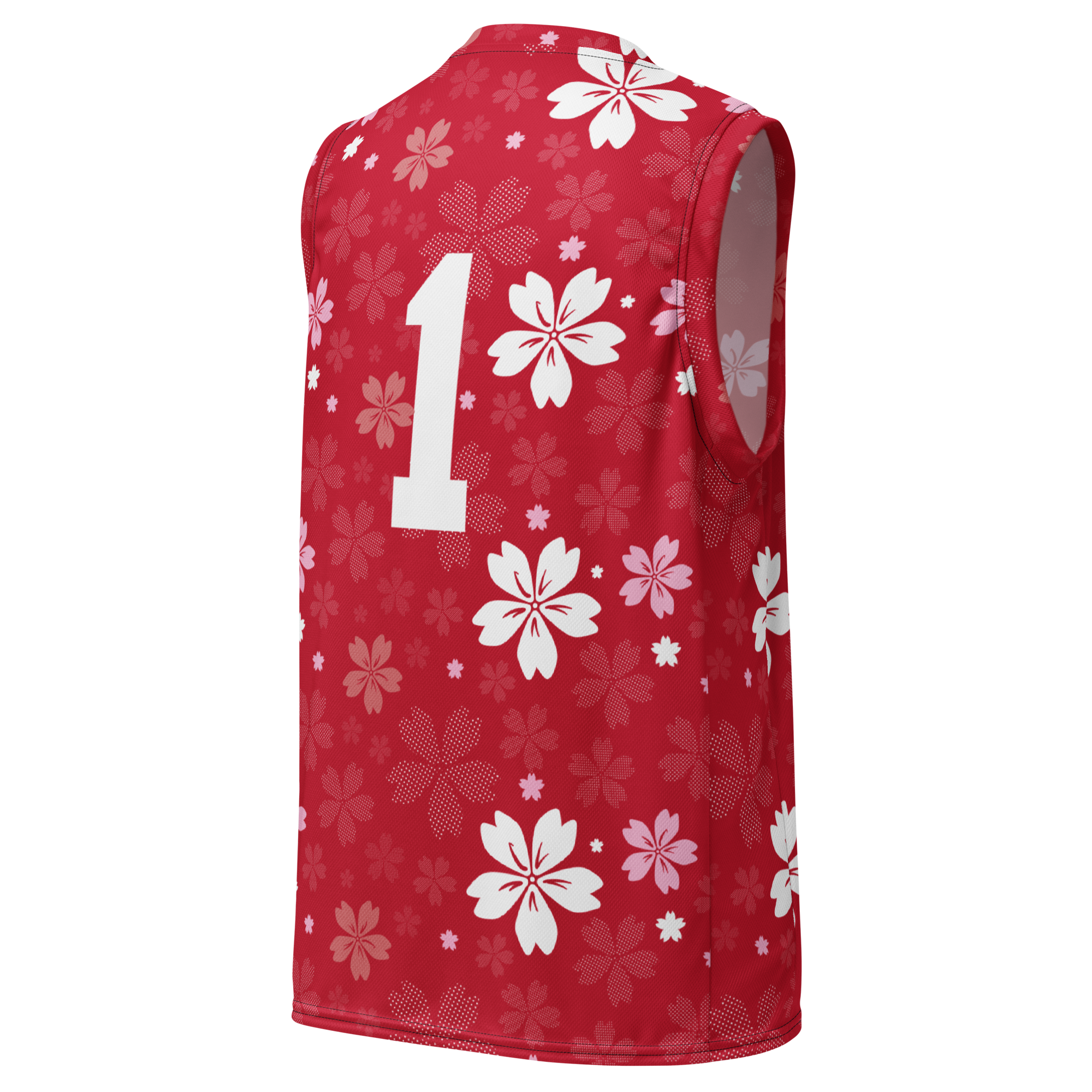
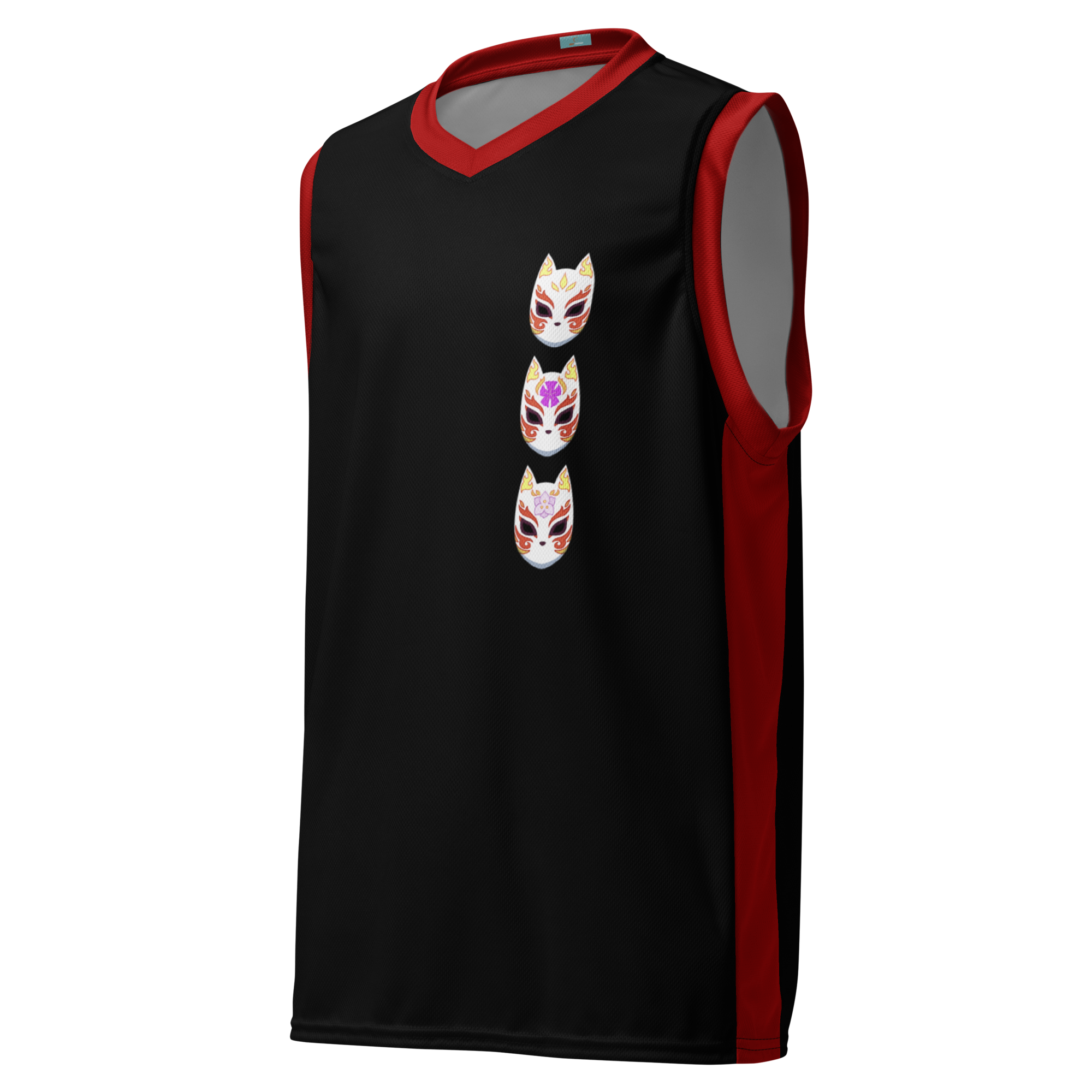

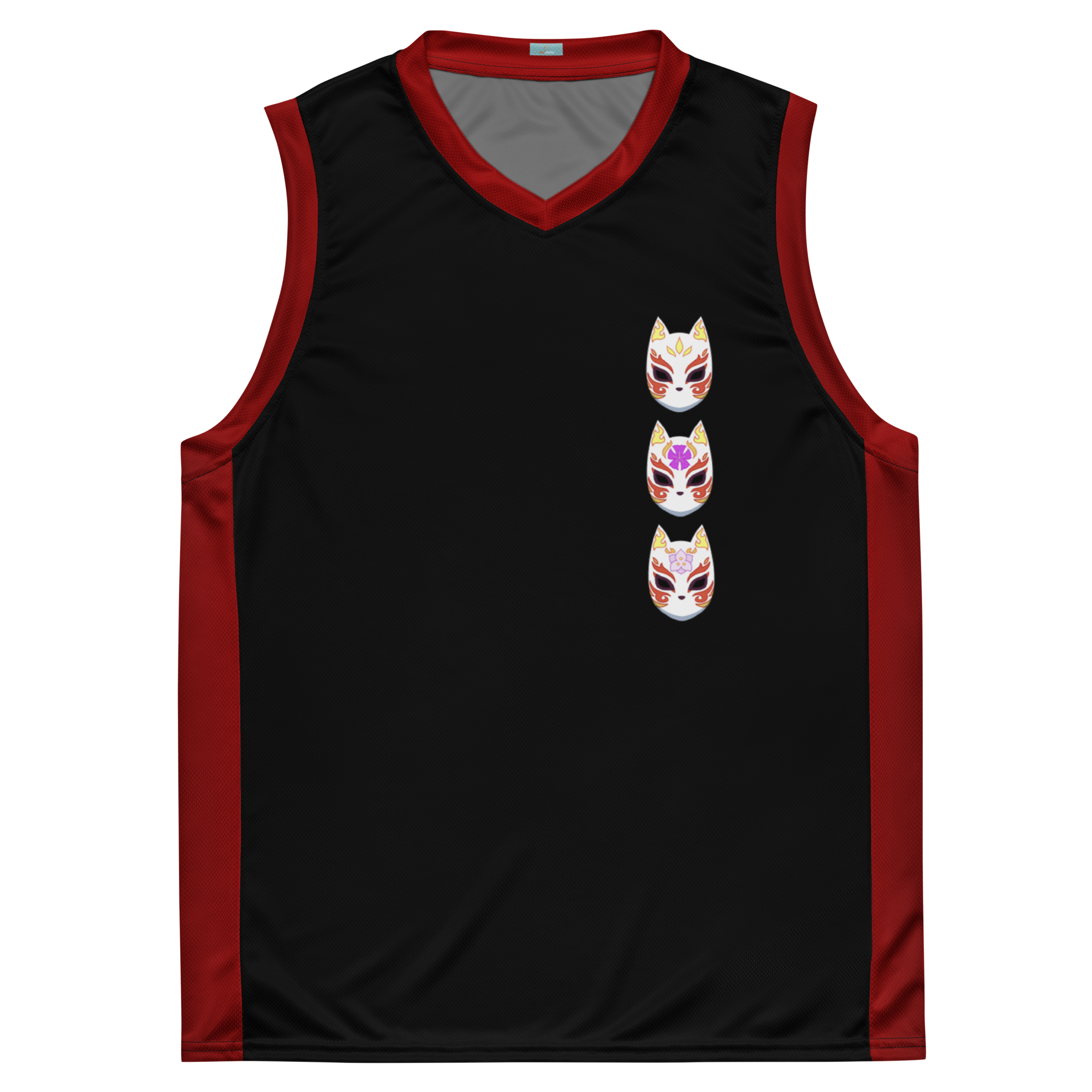

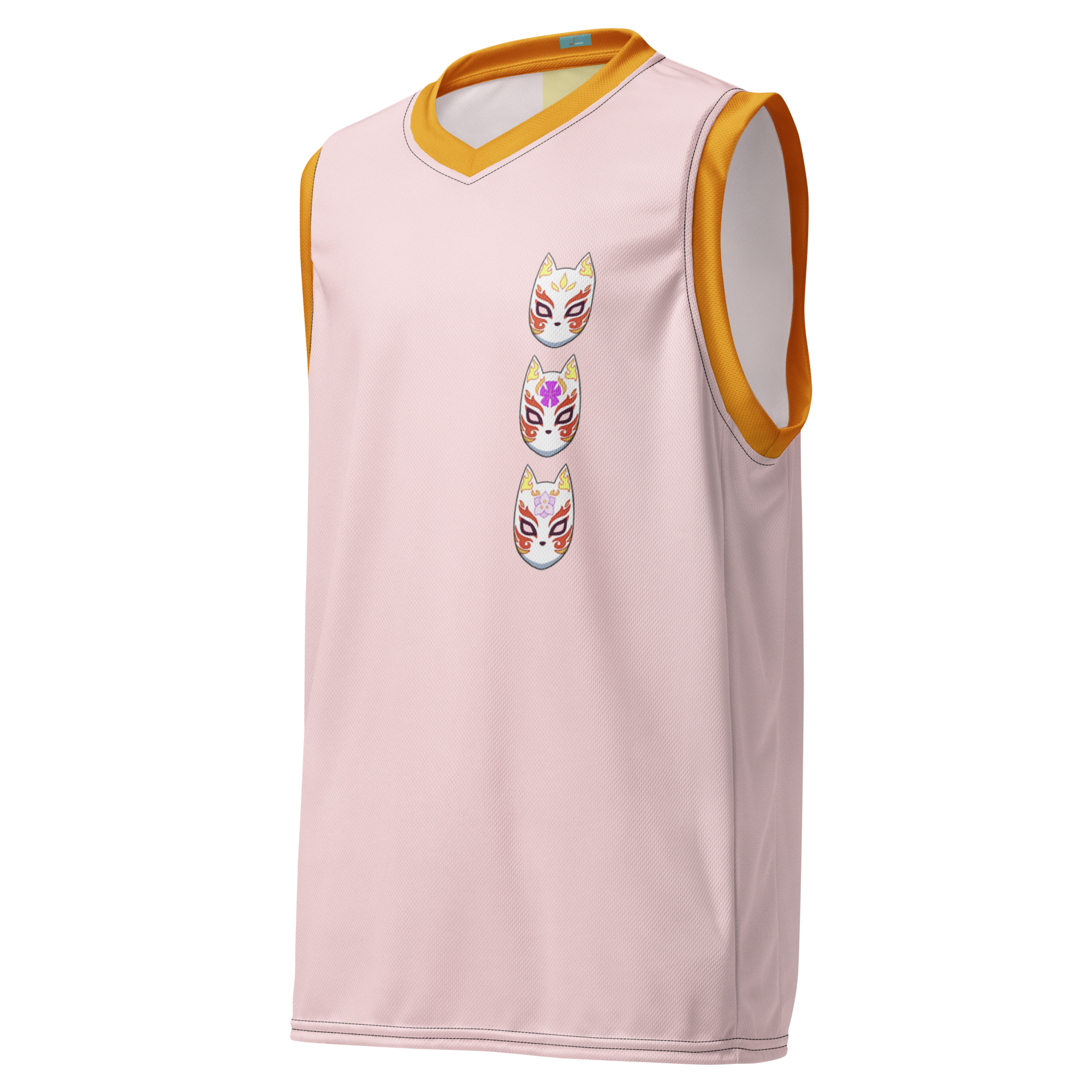
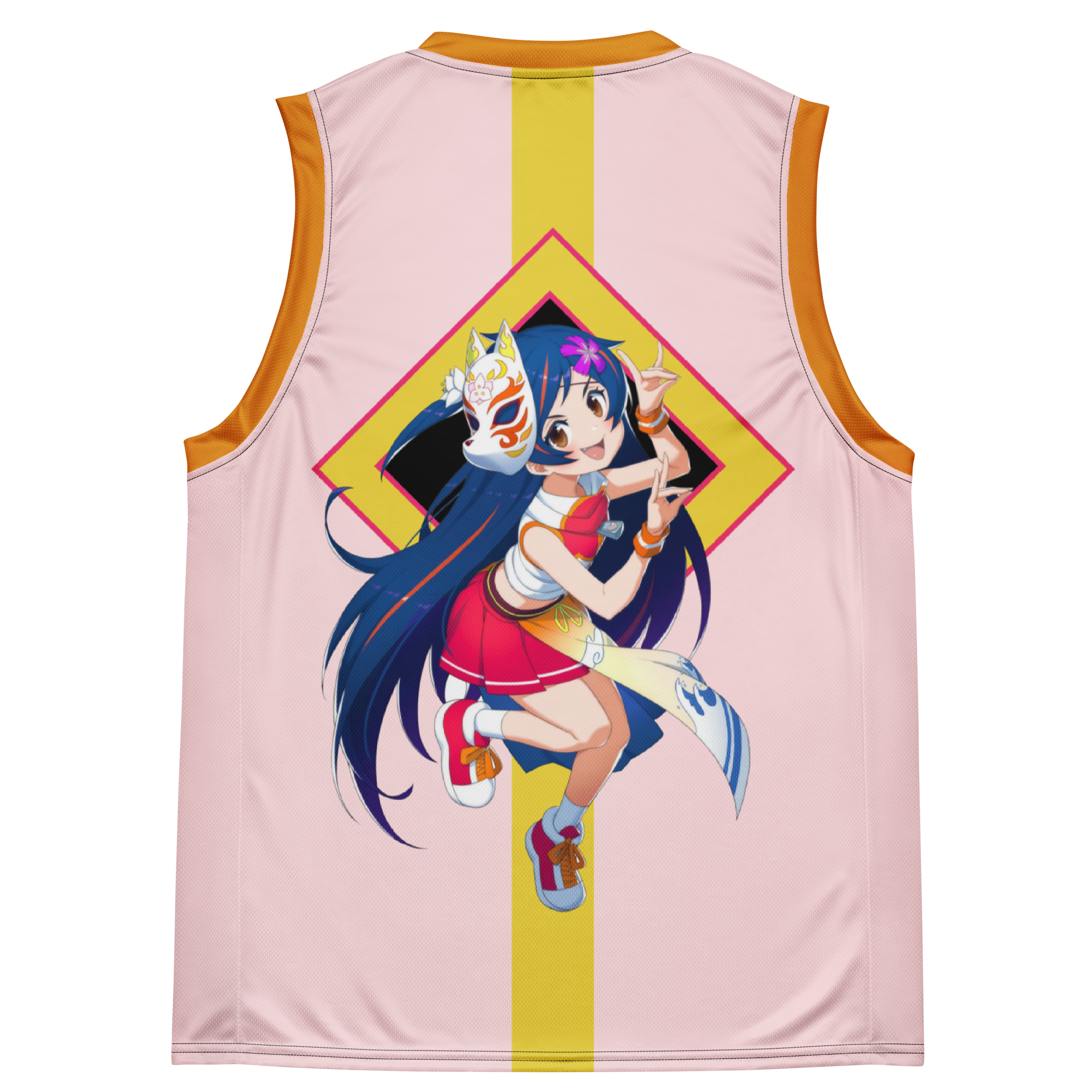
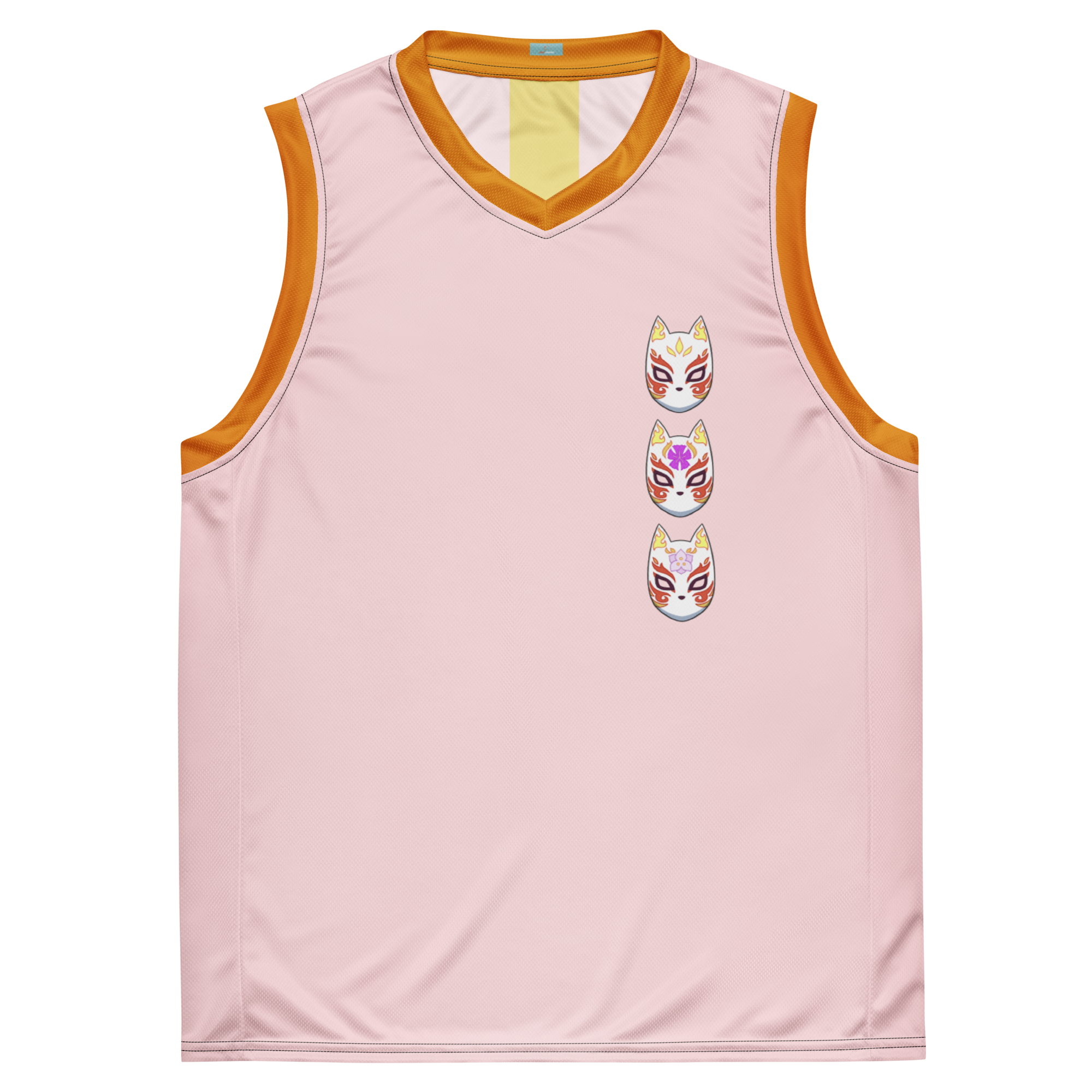


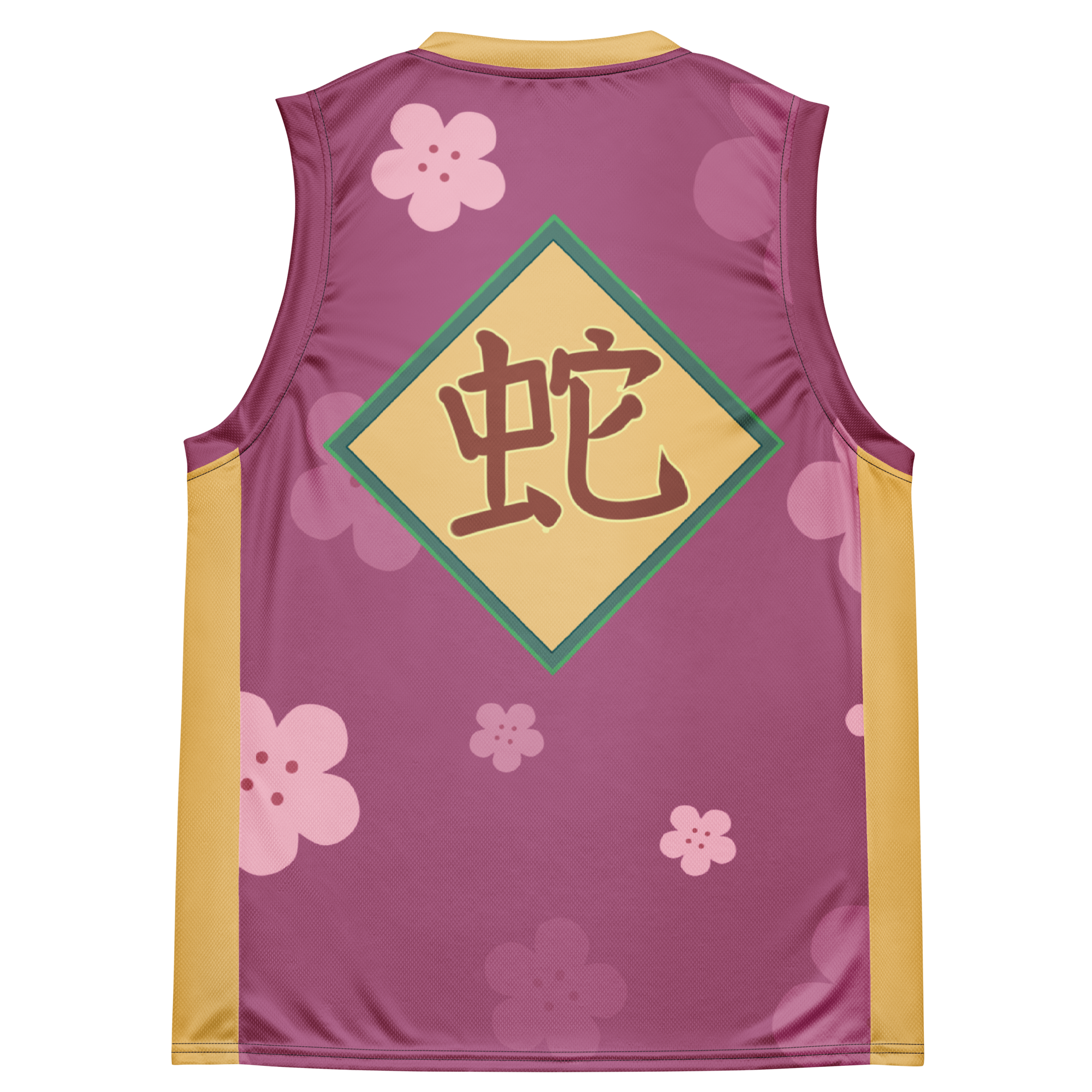
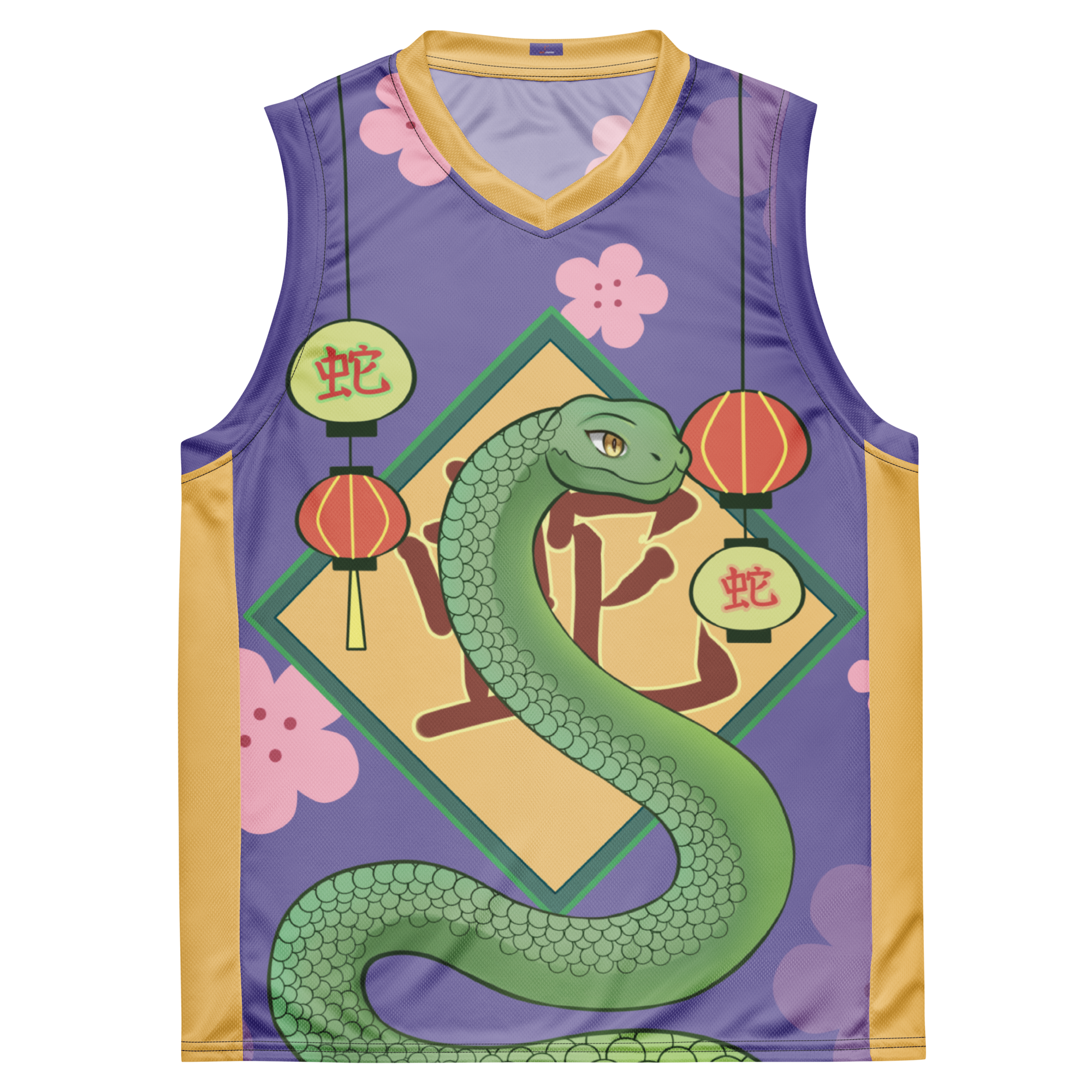
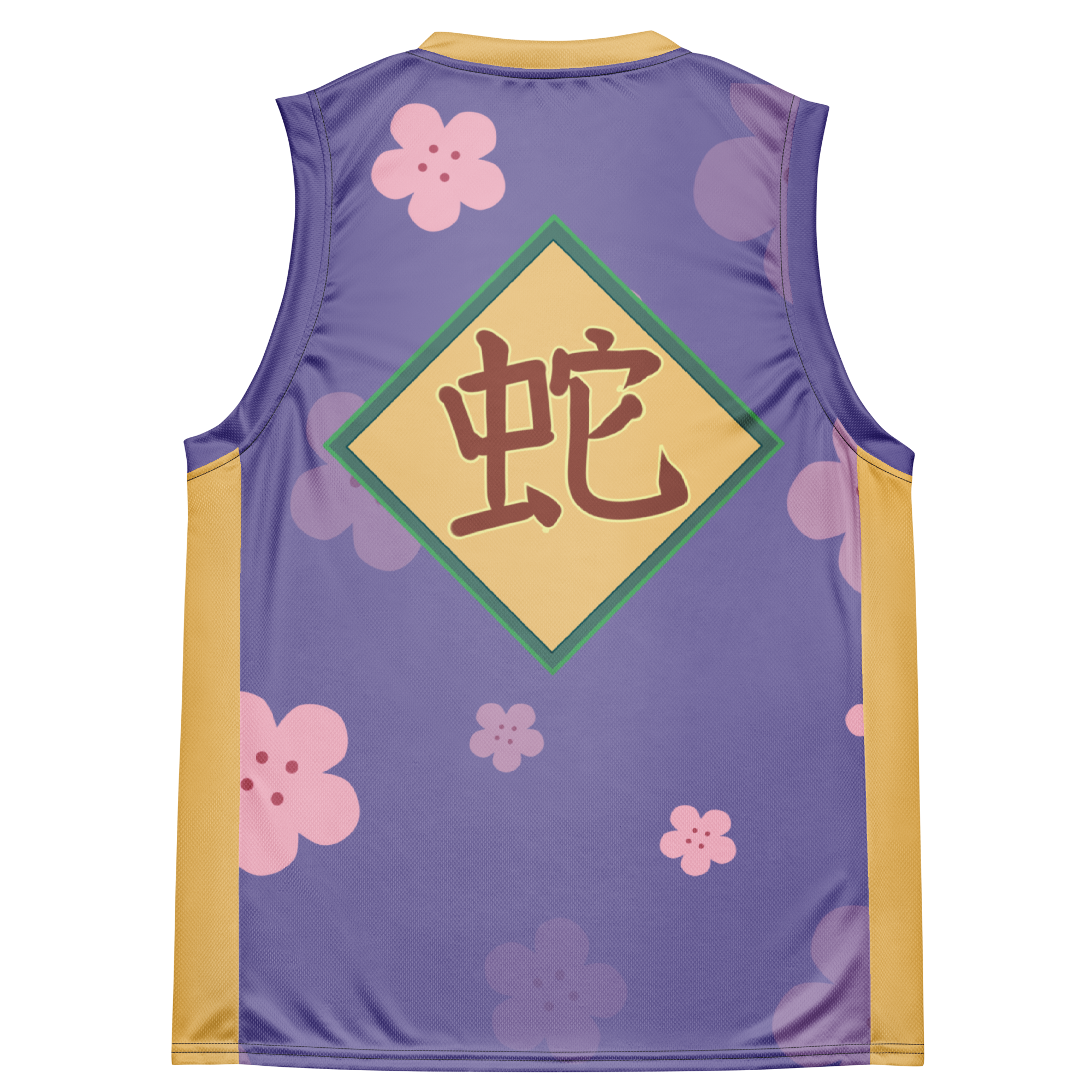
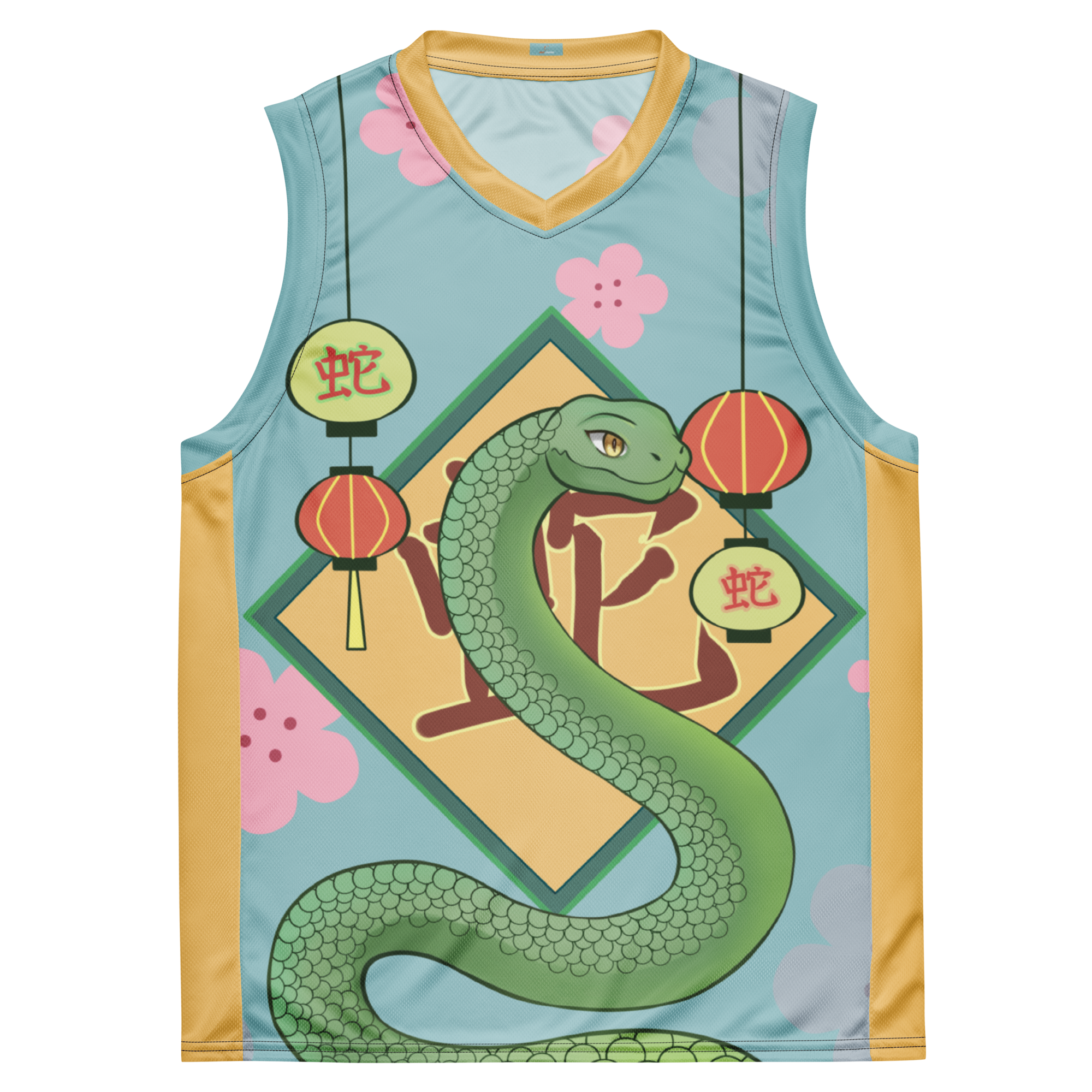
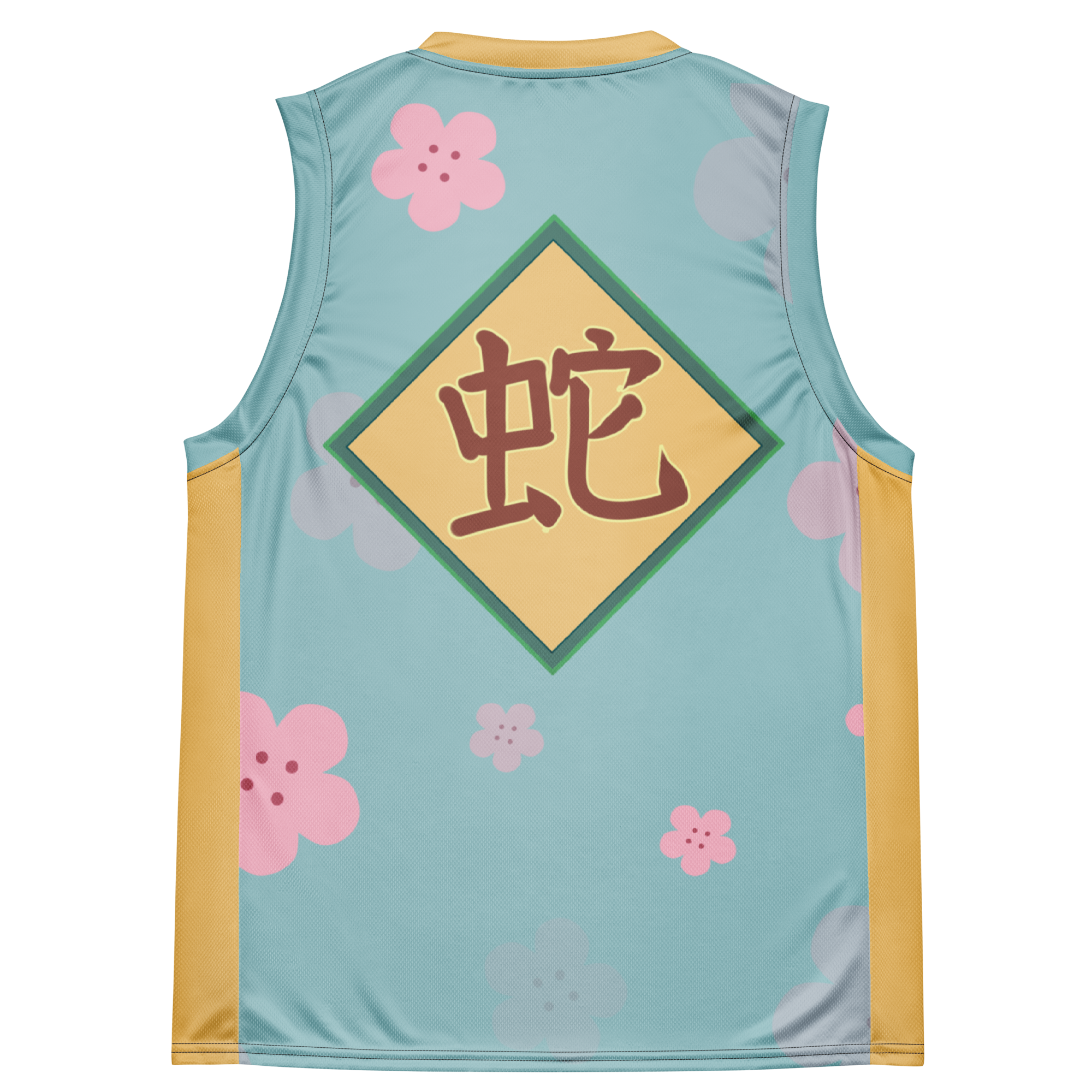
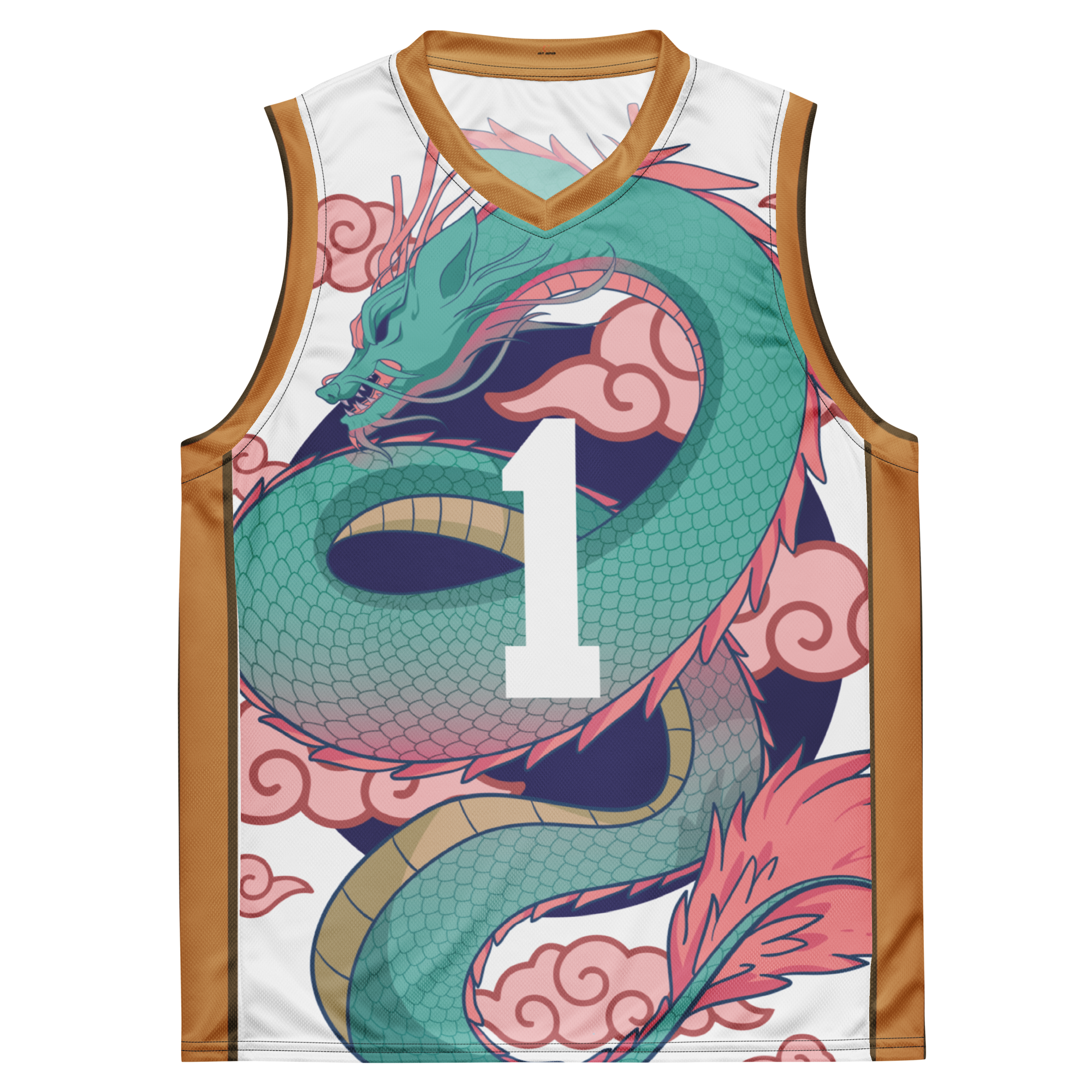
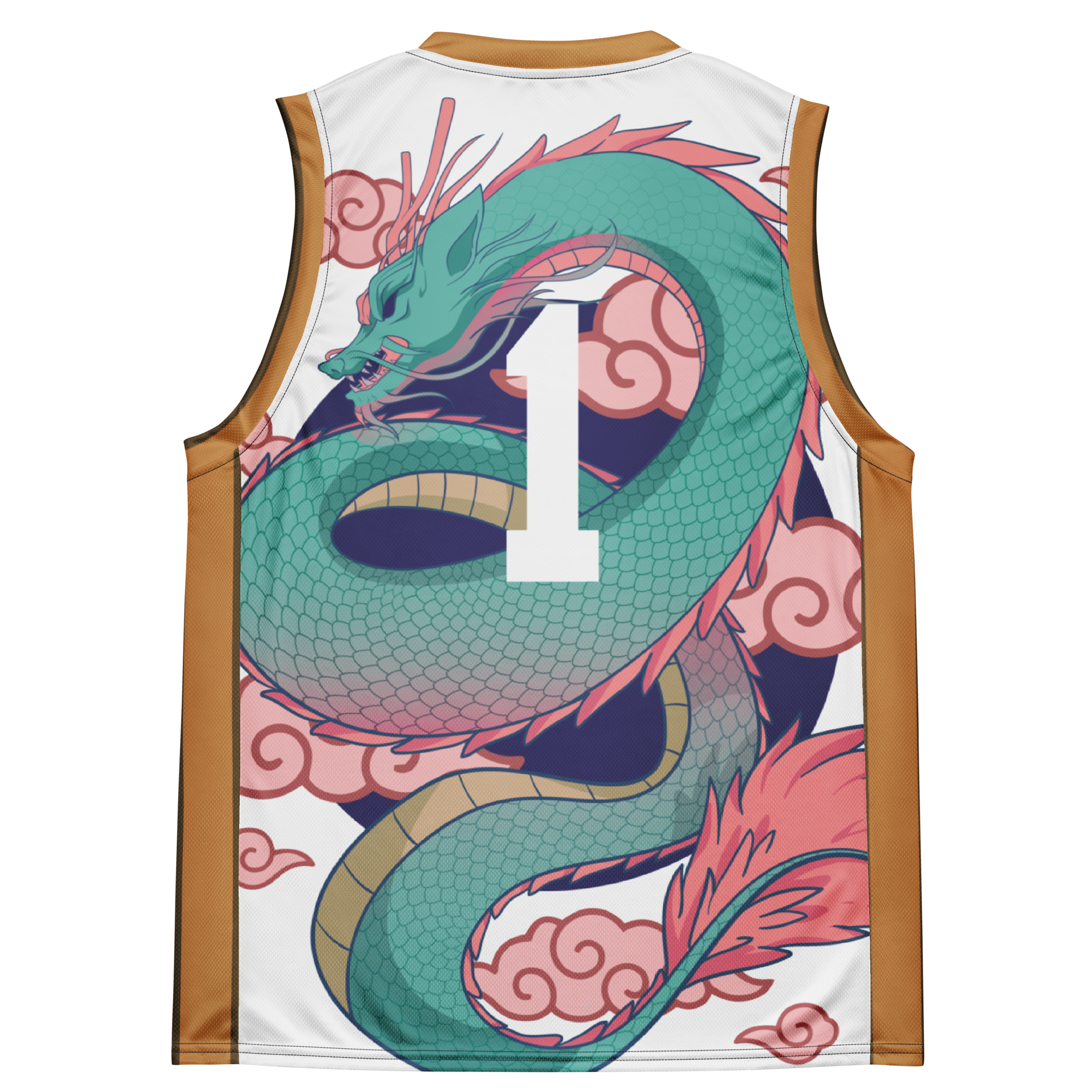
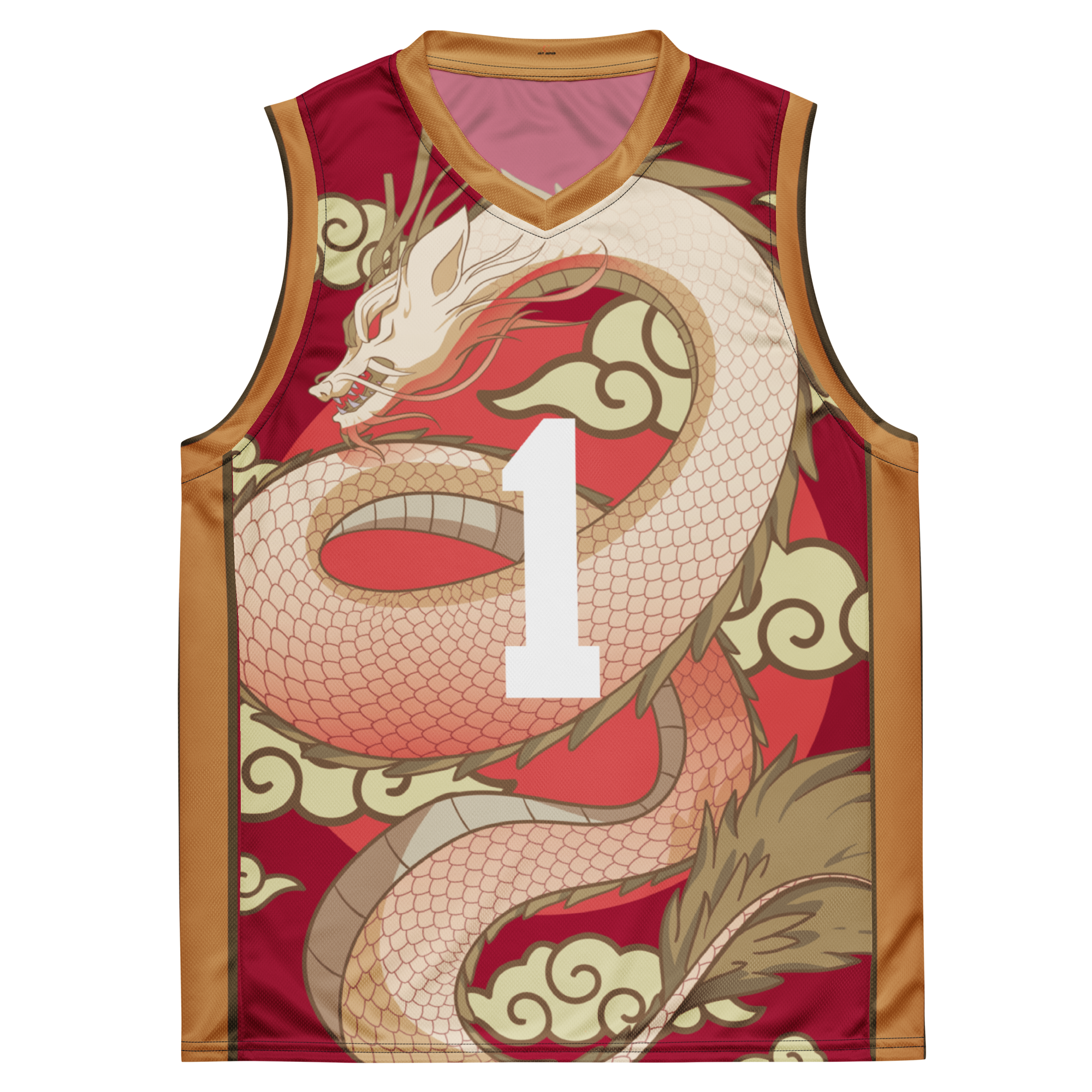
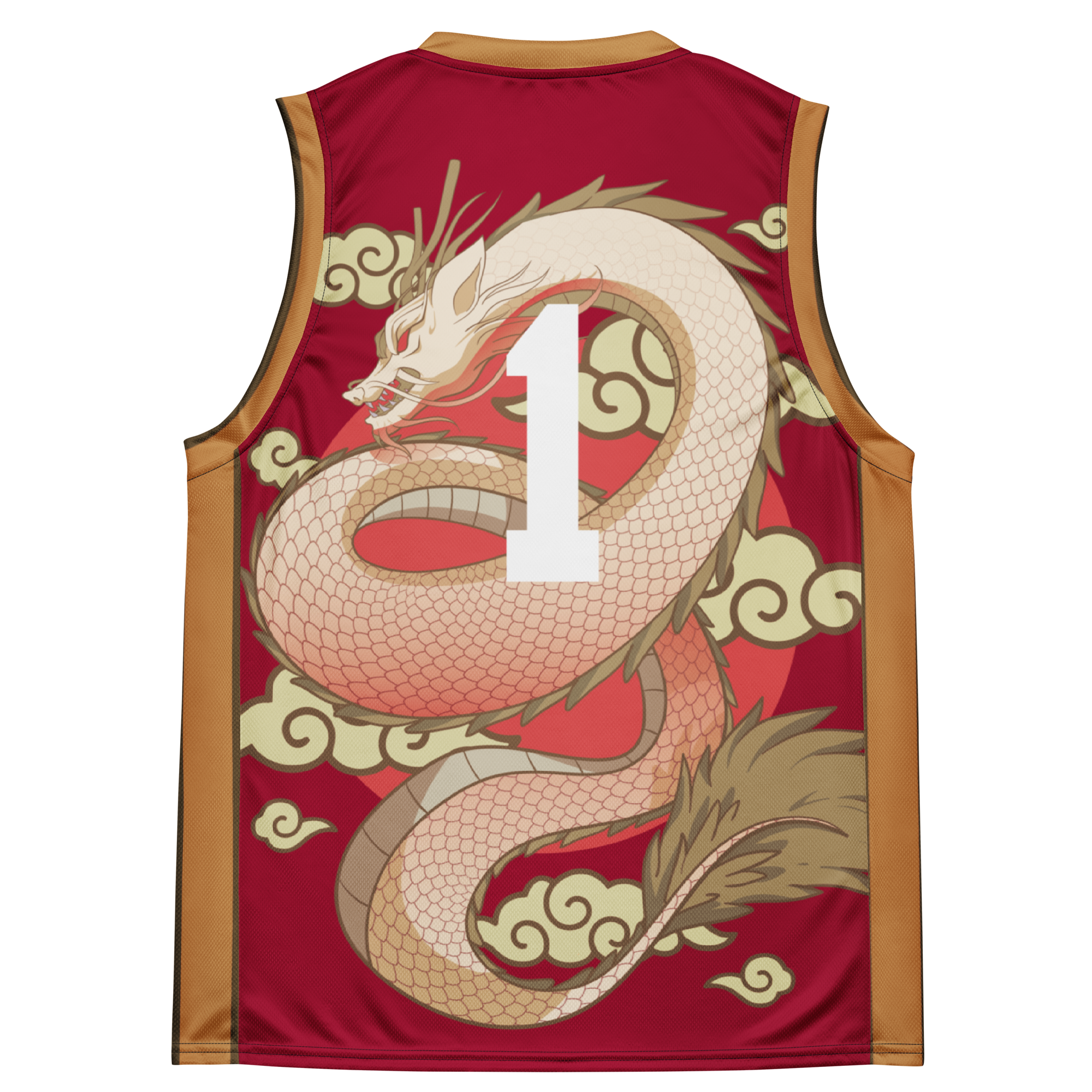
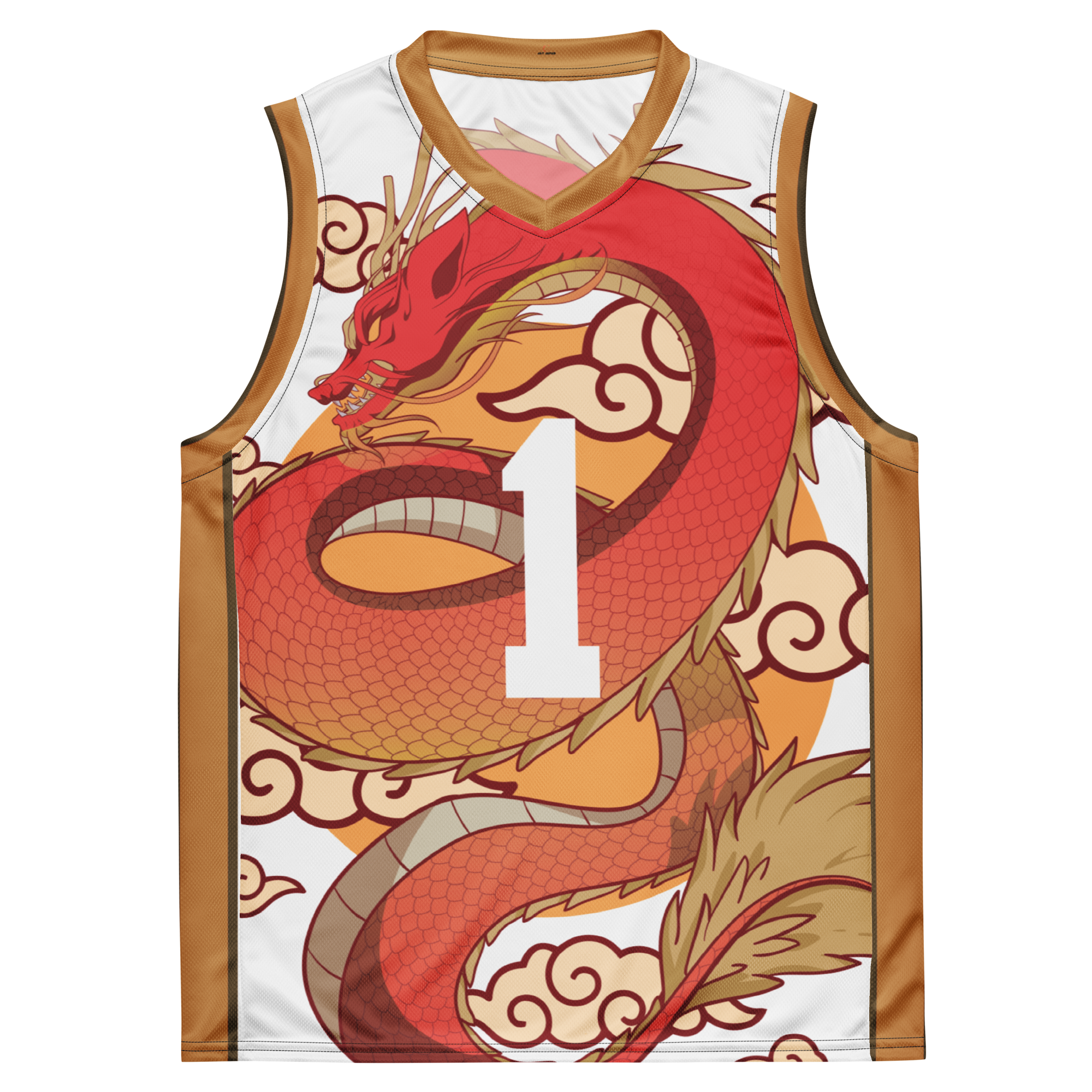
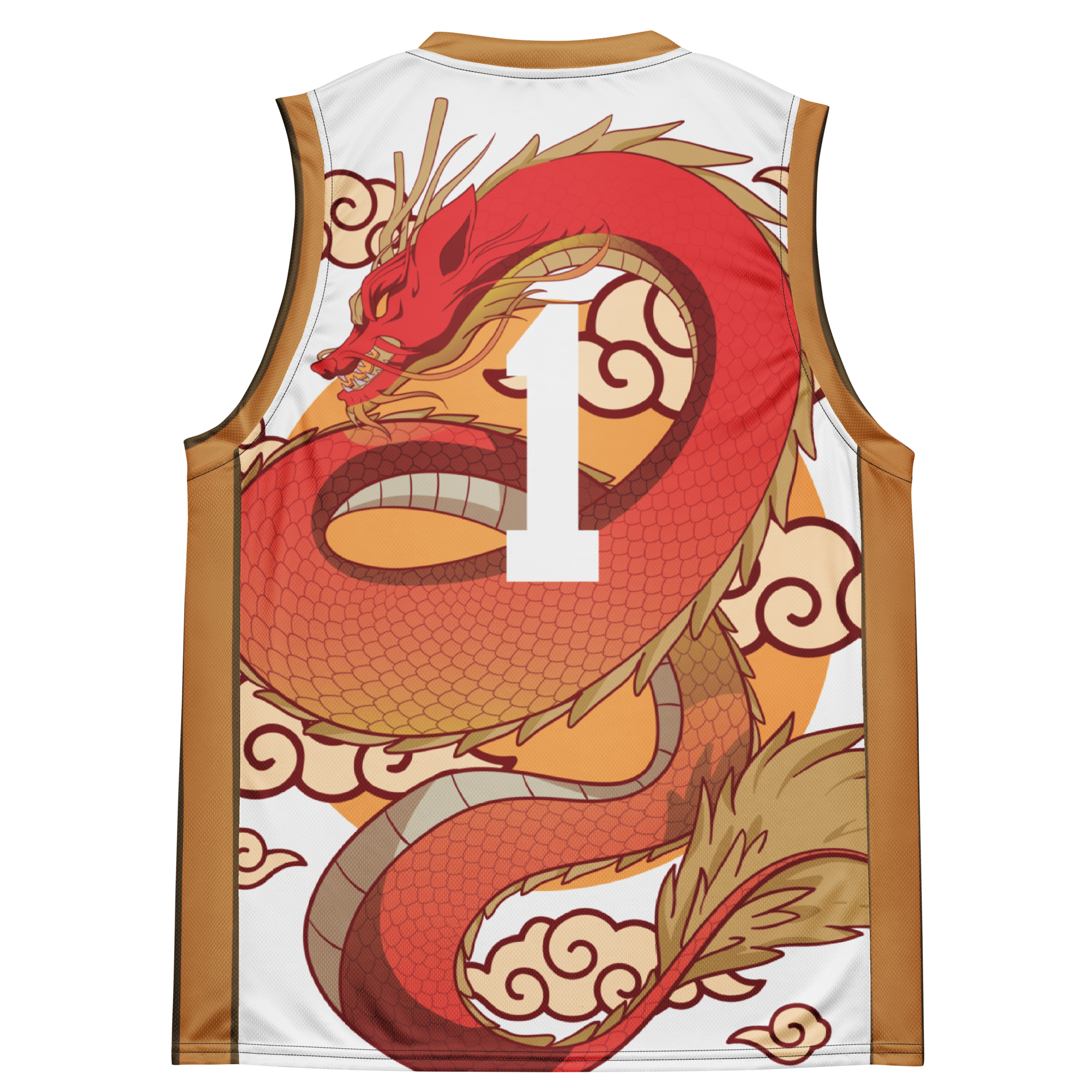



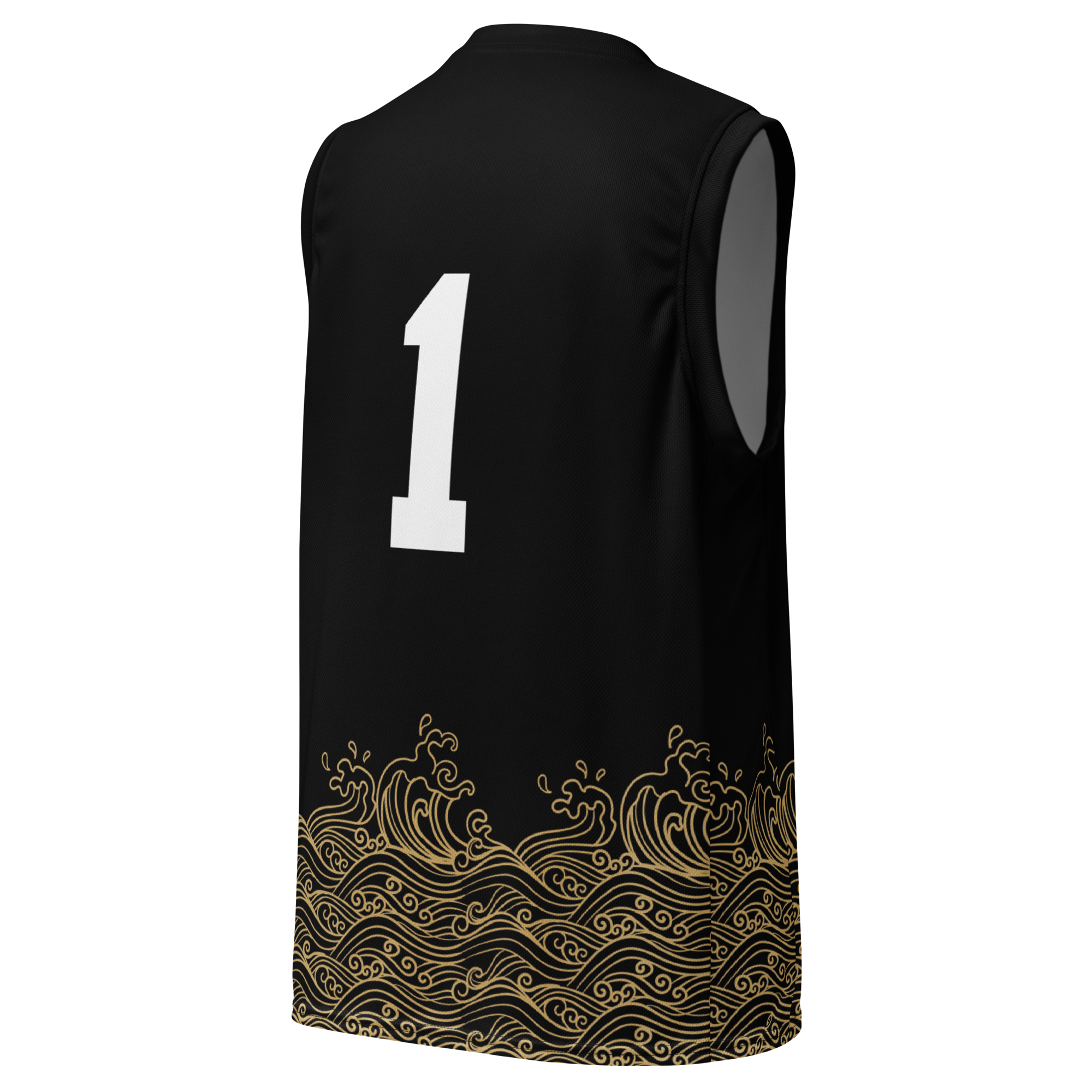
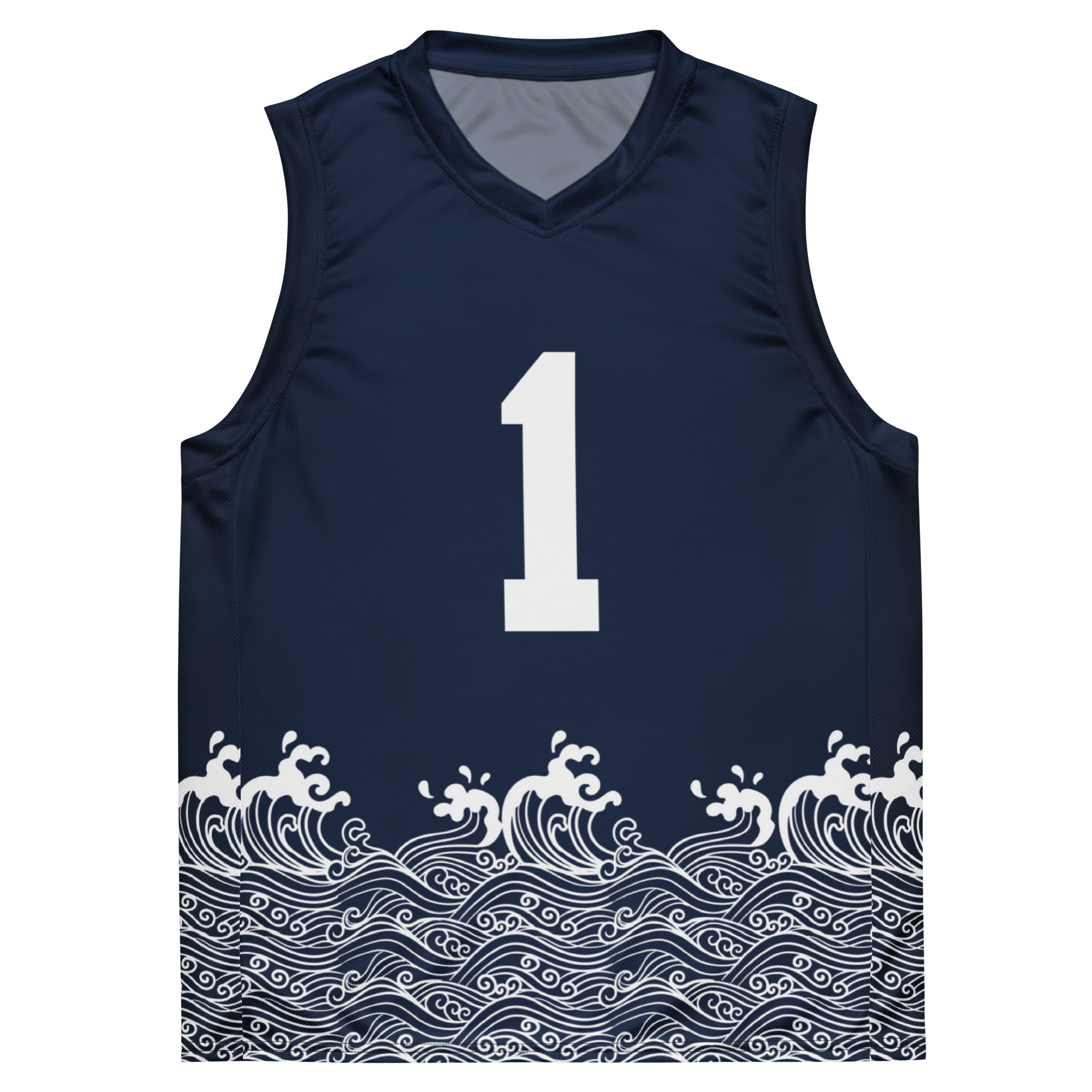
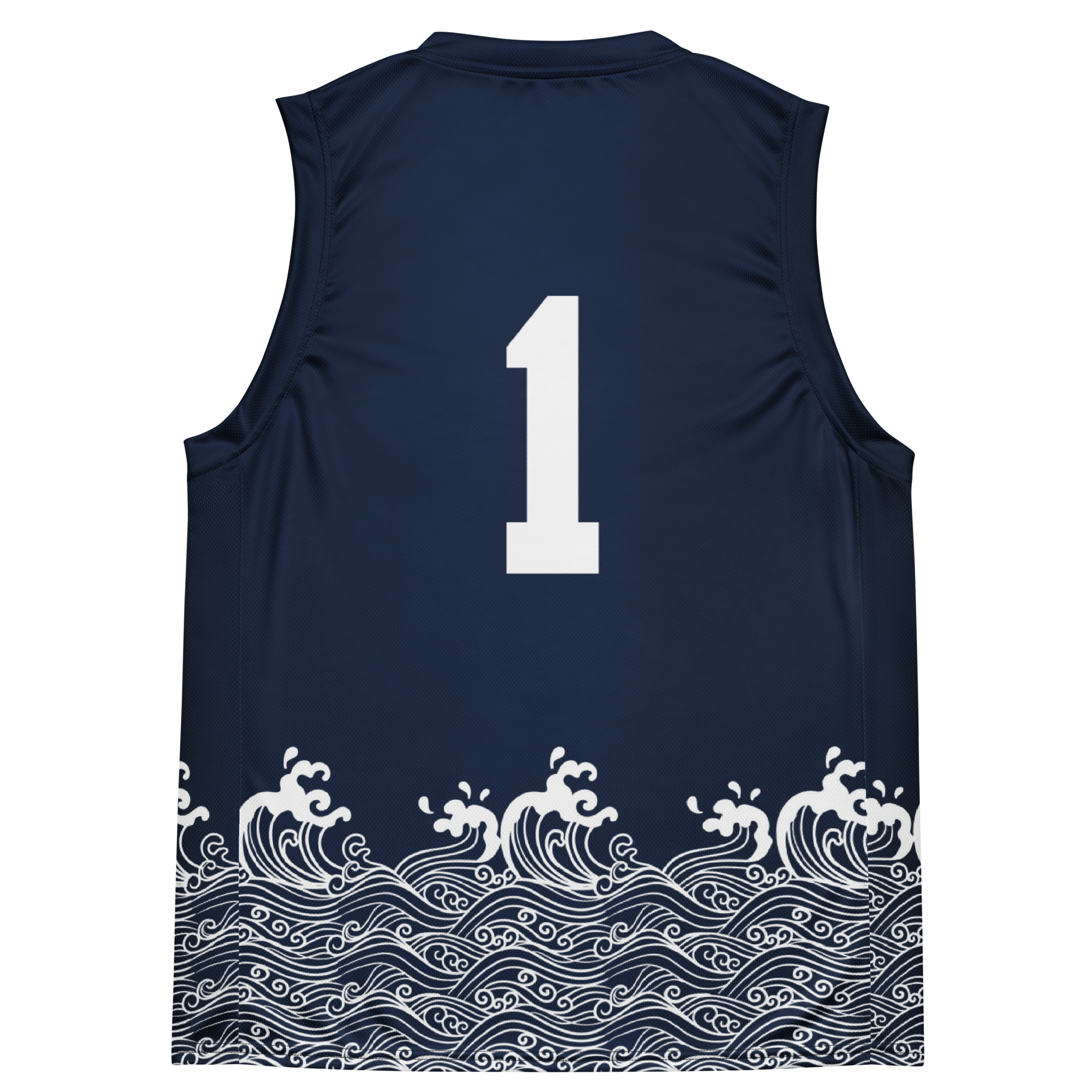
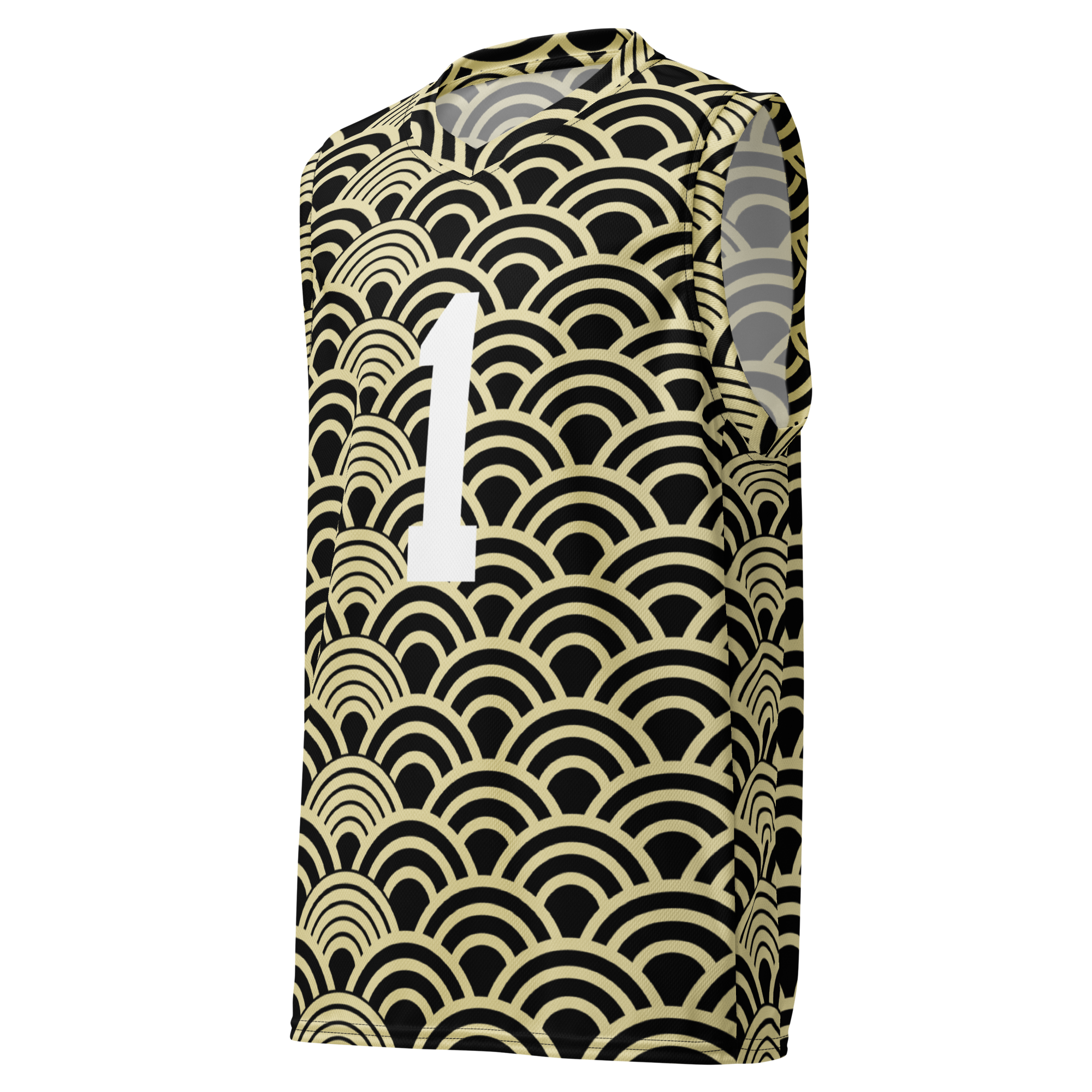
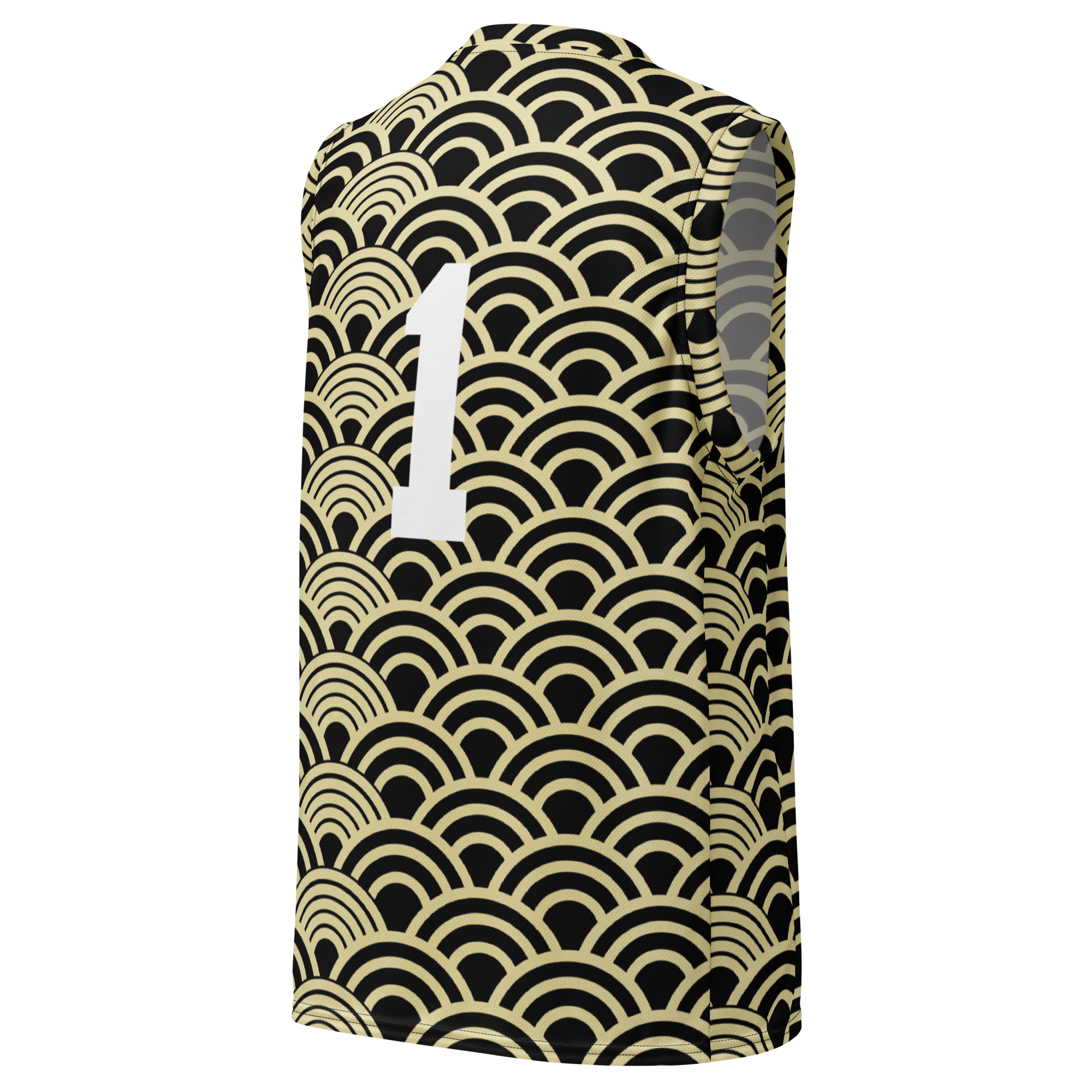
Leave a comment